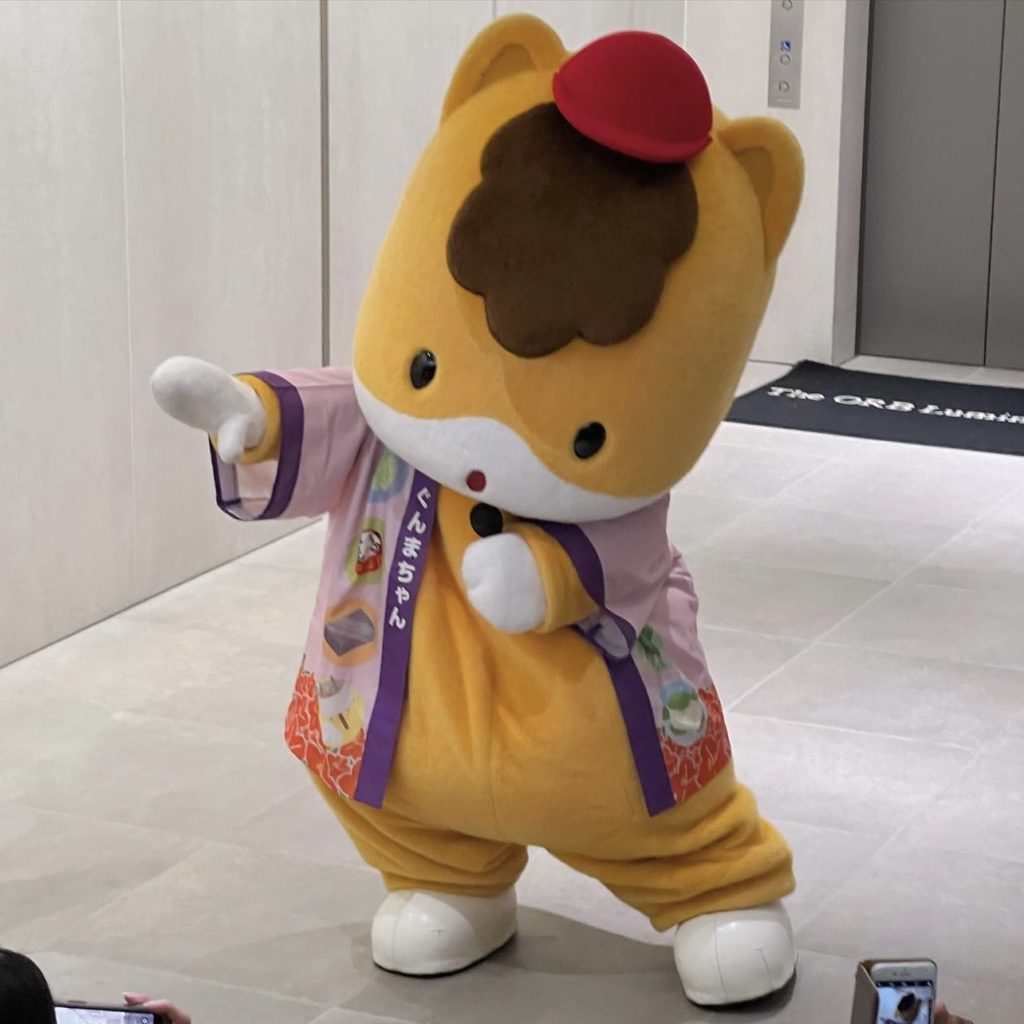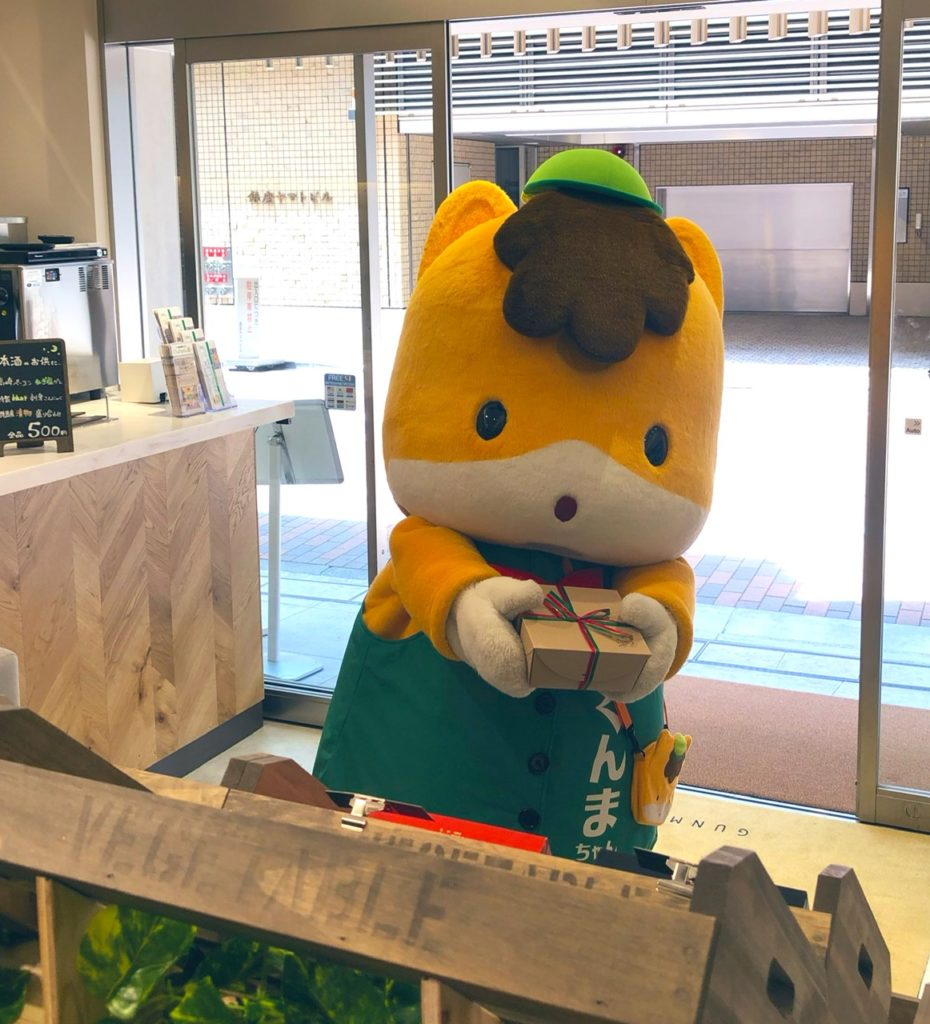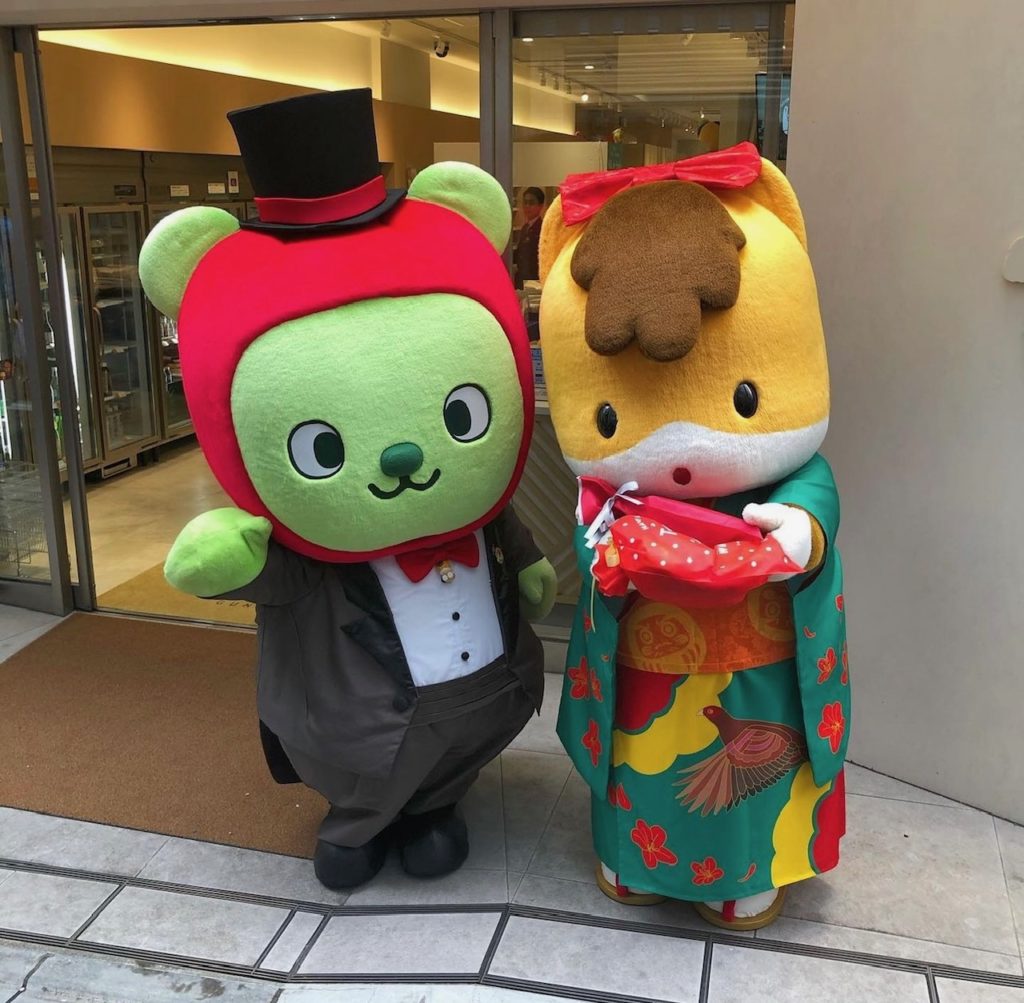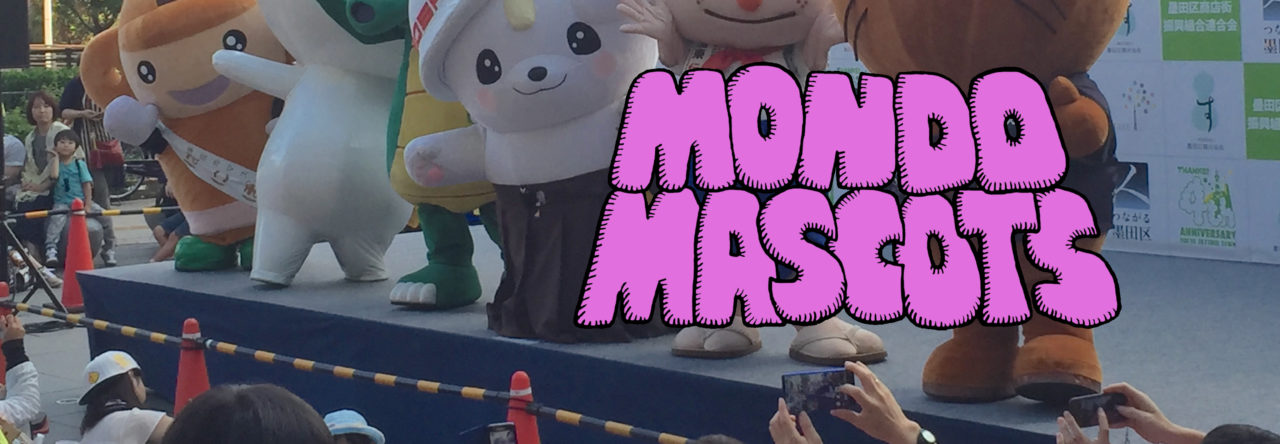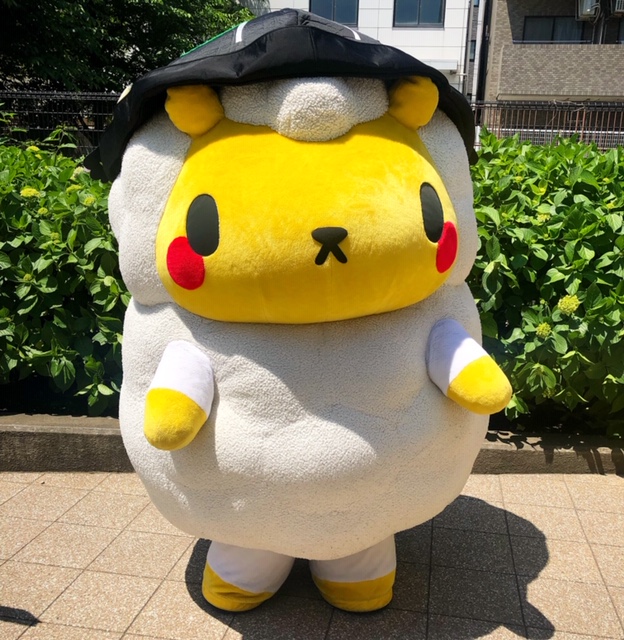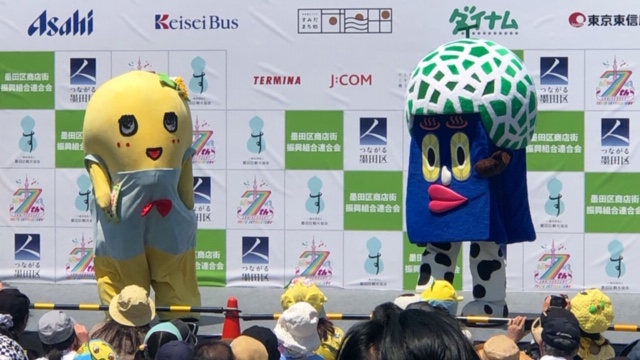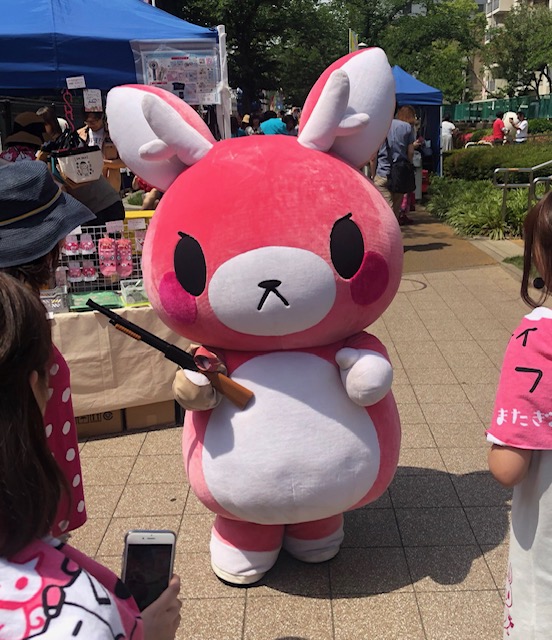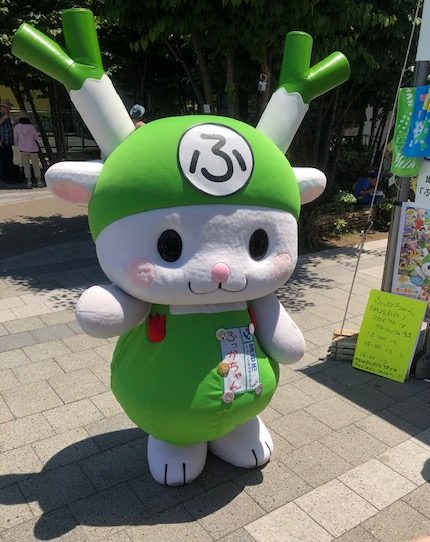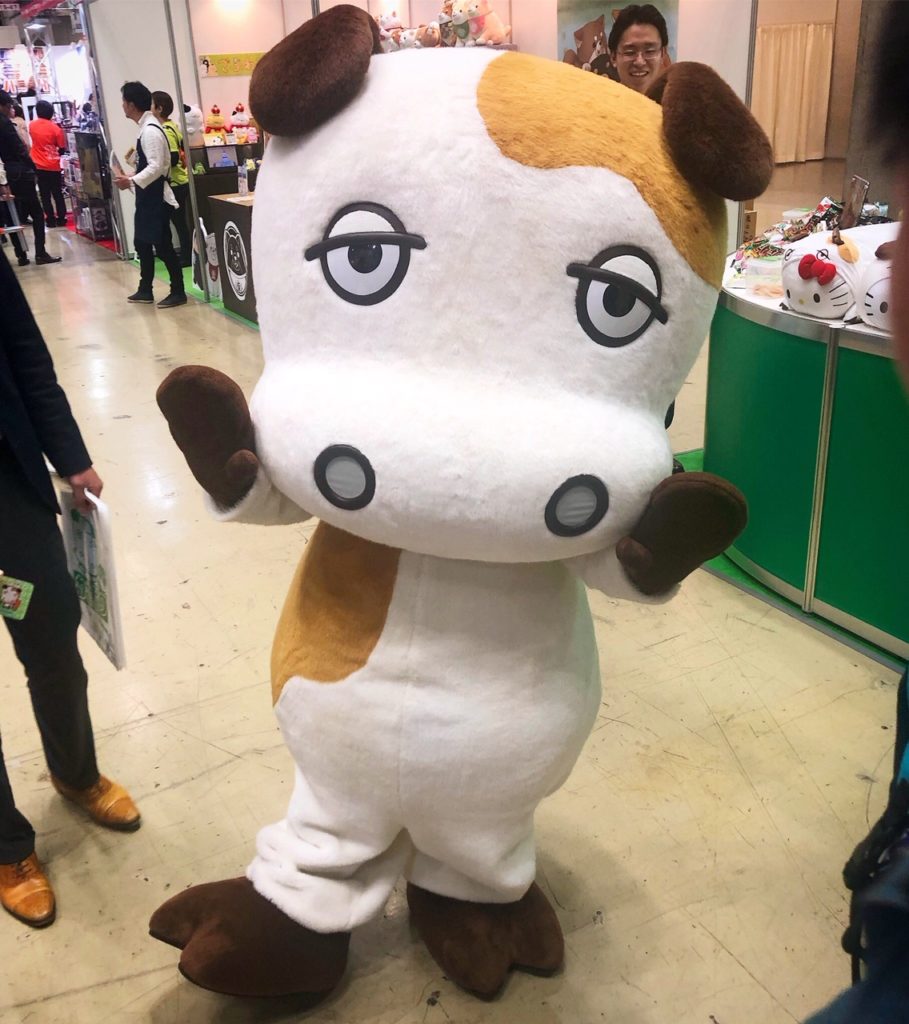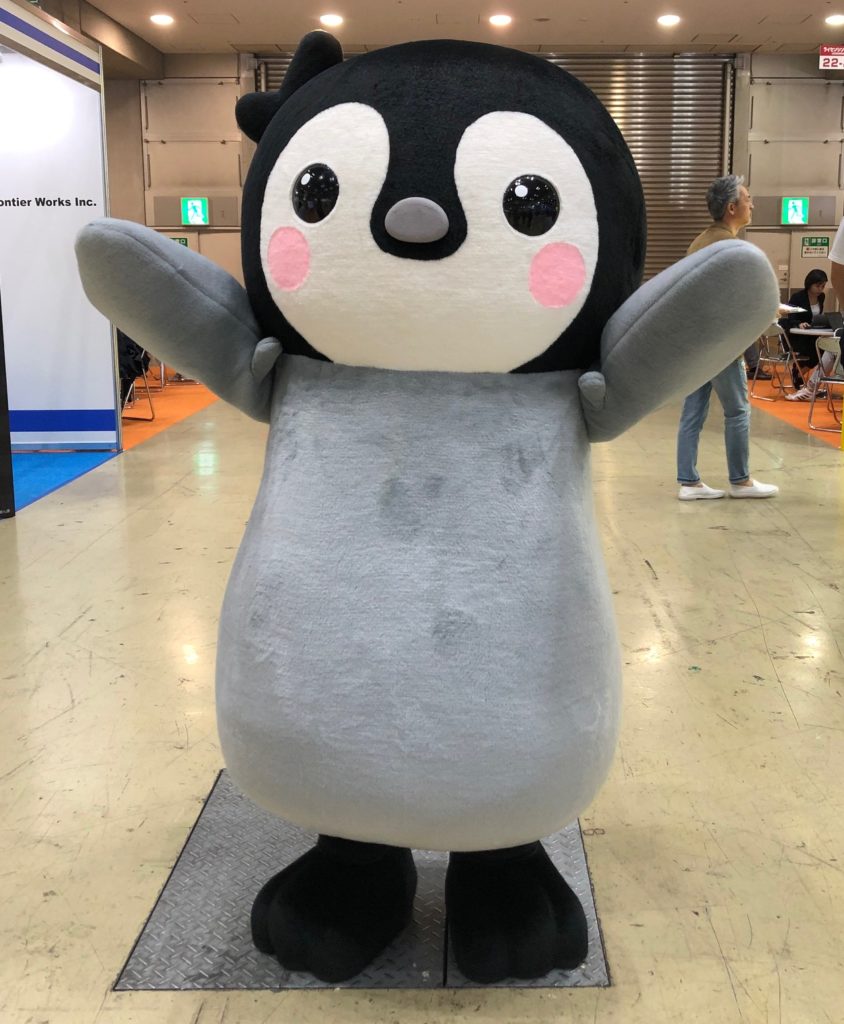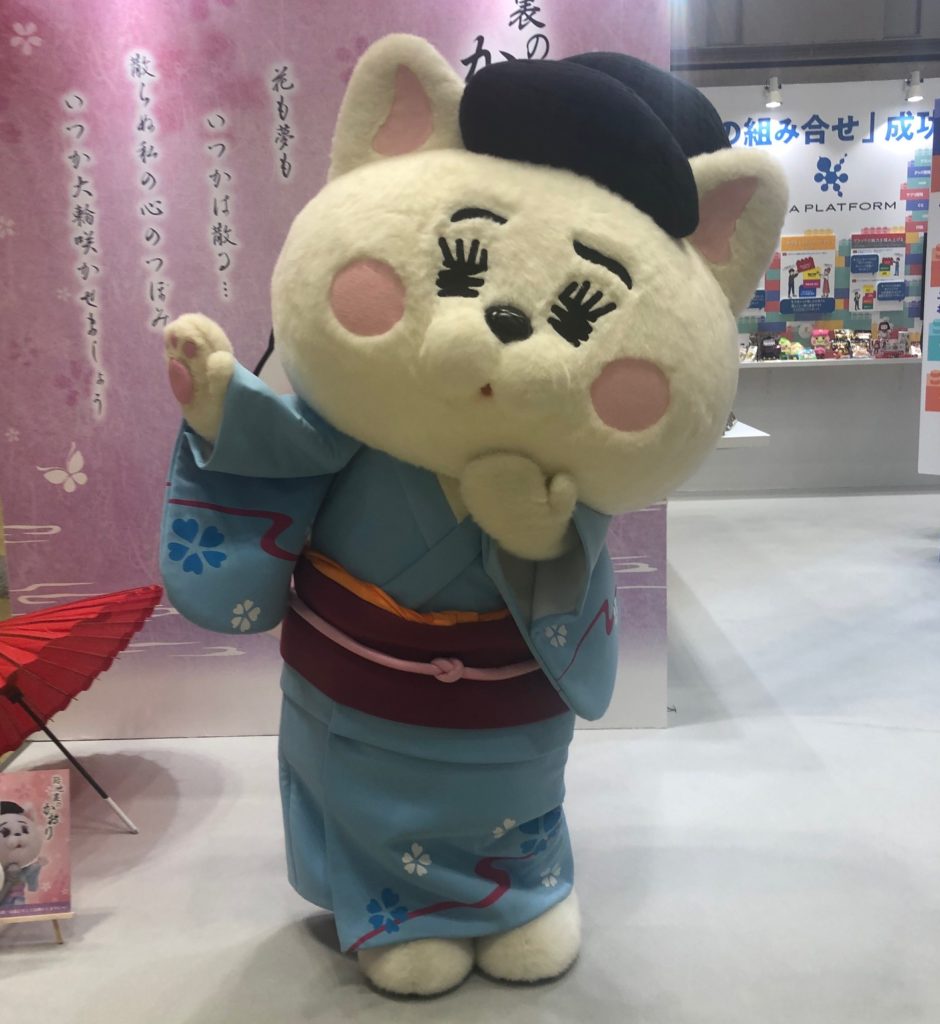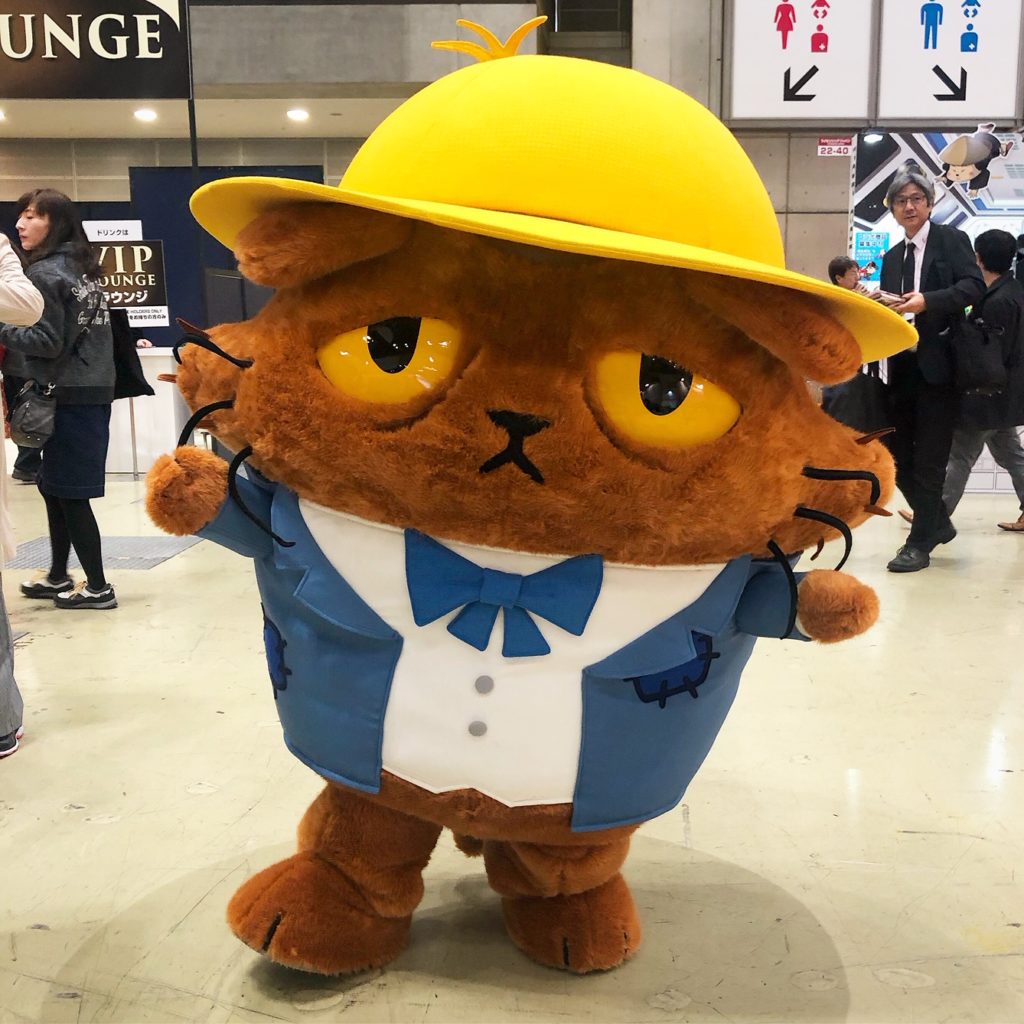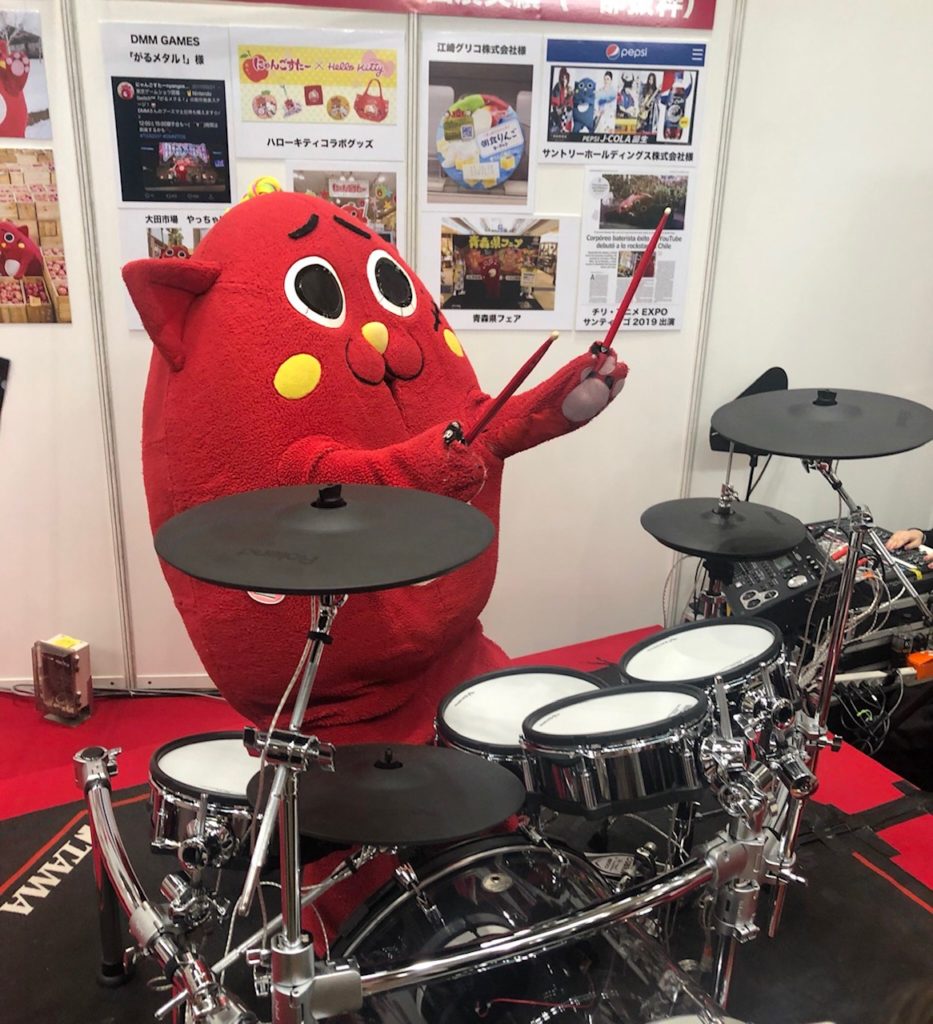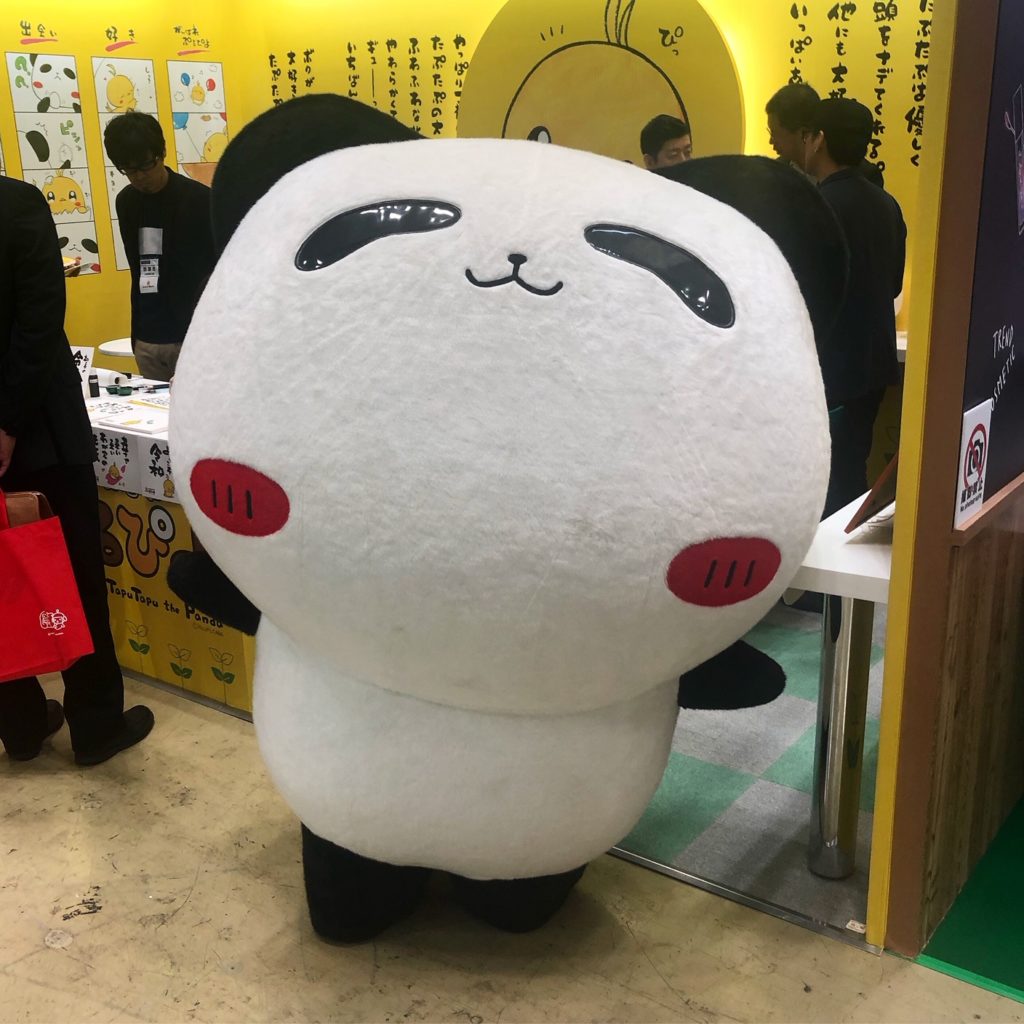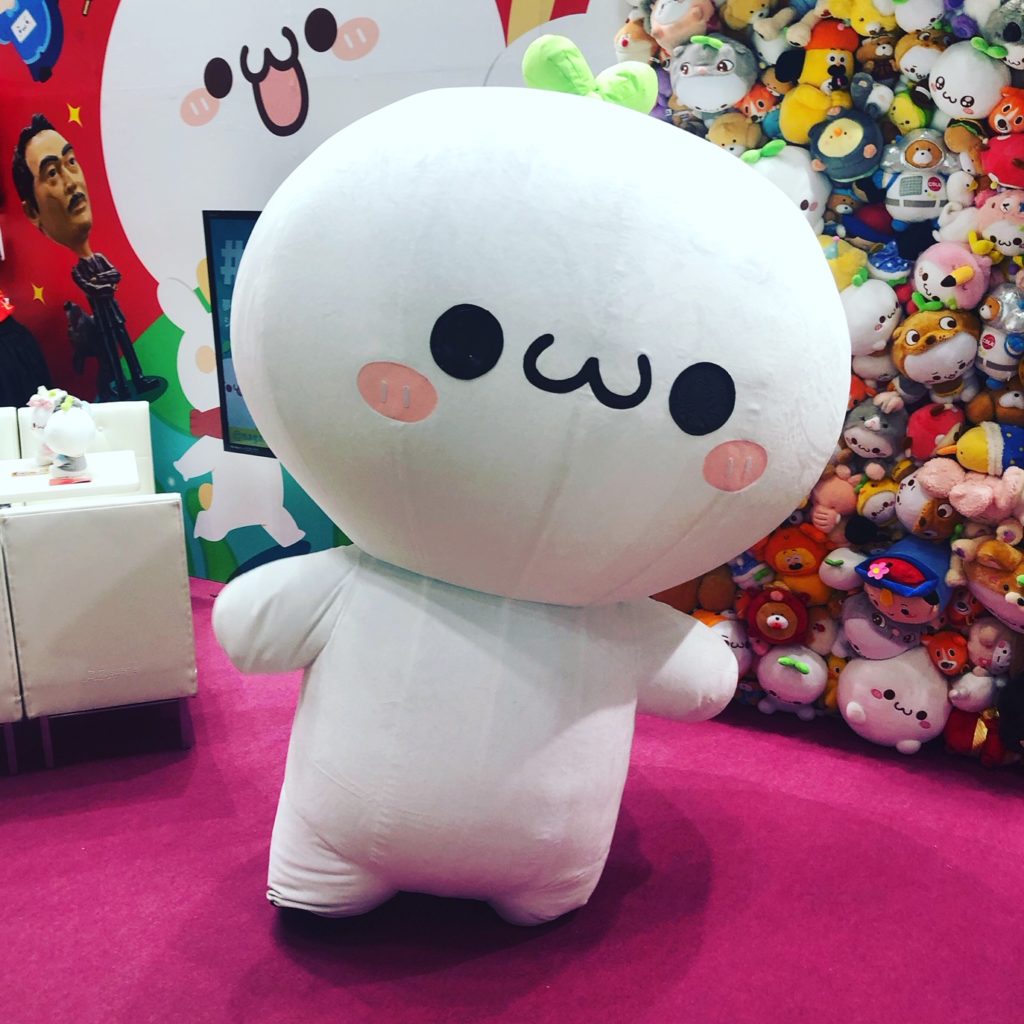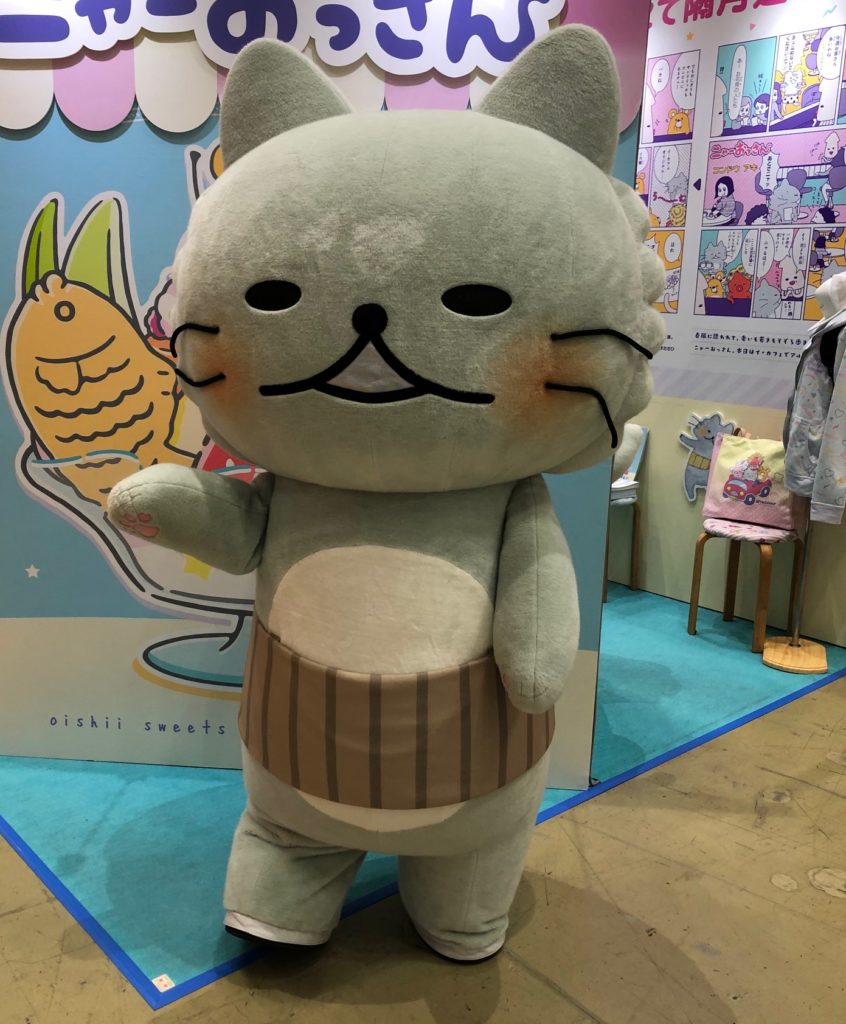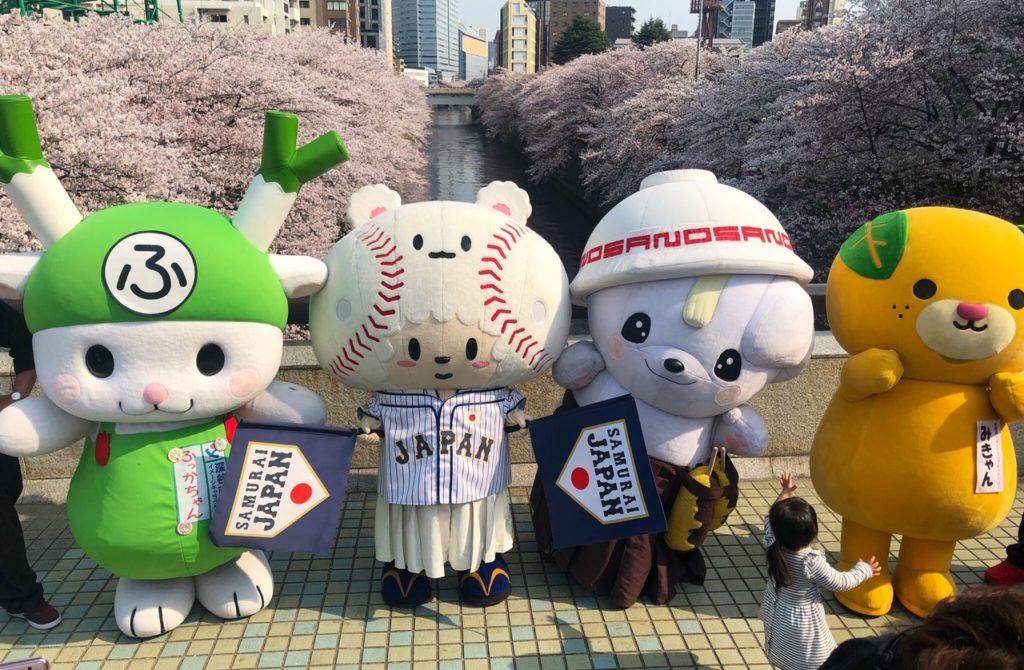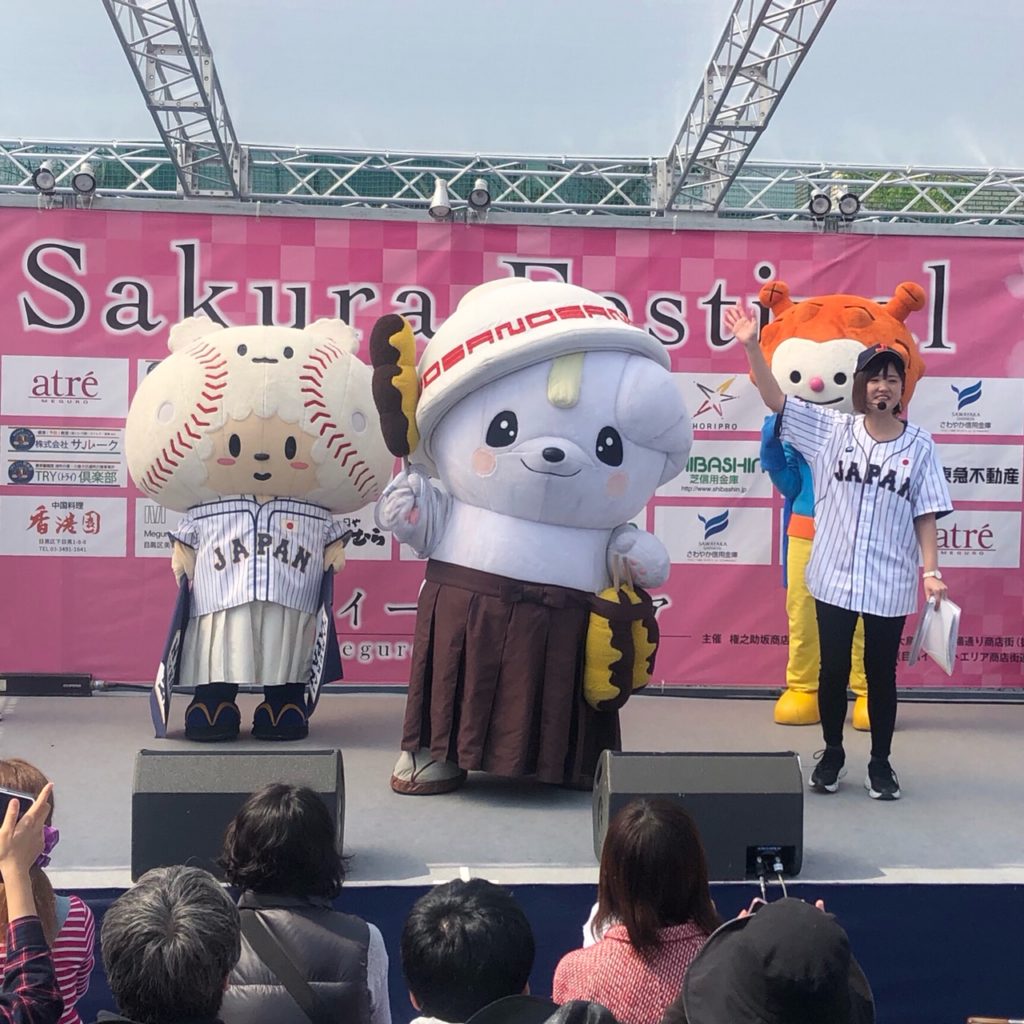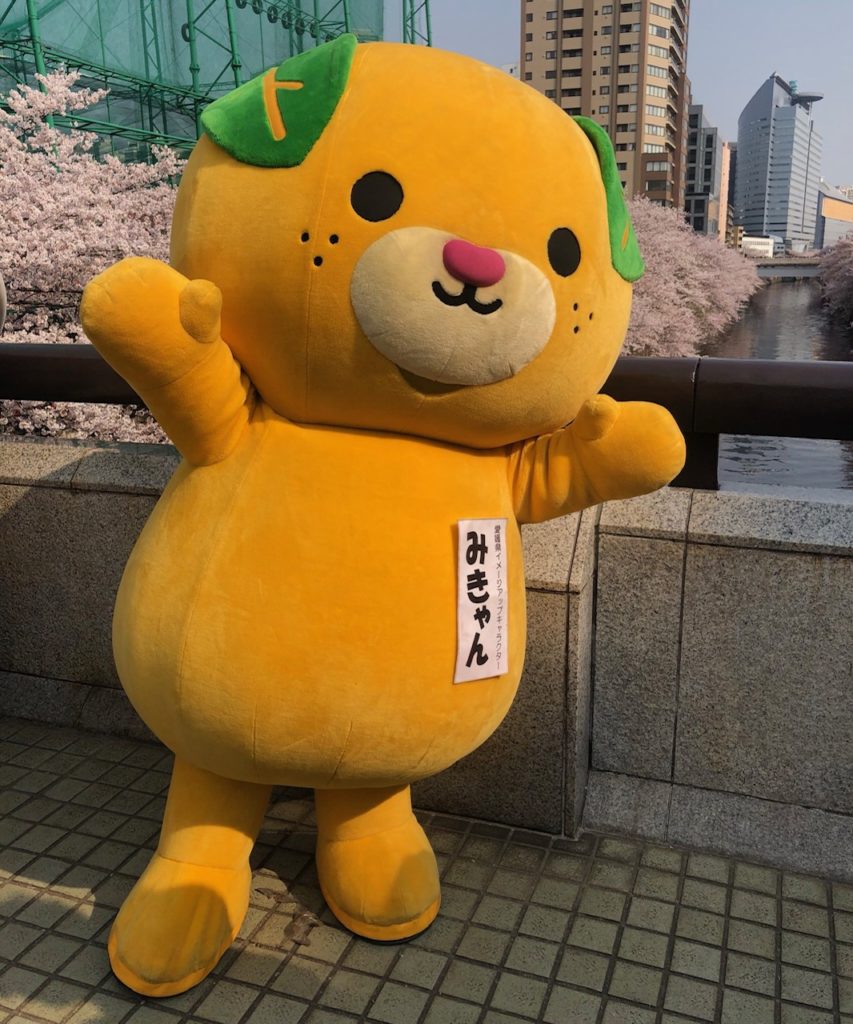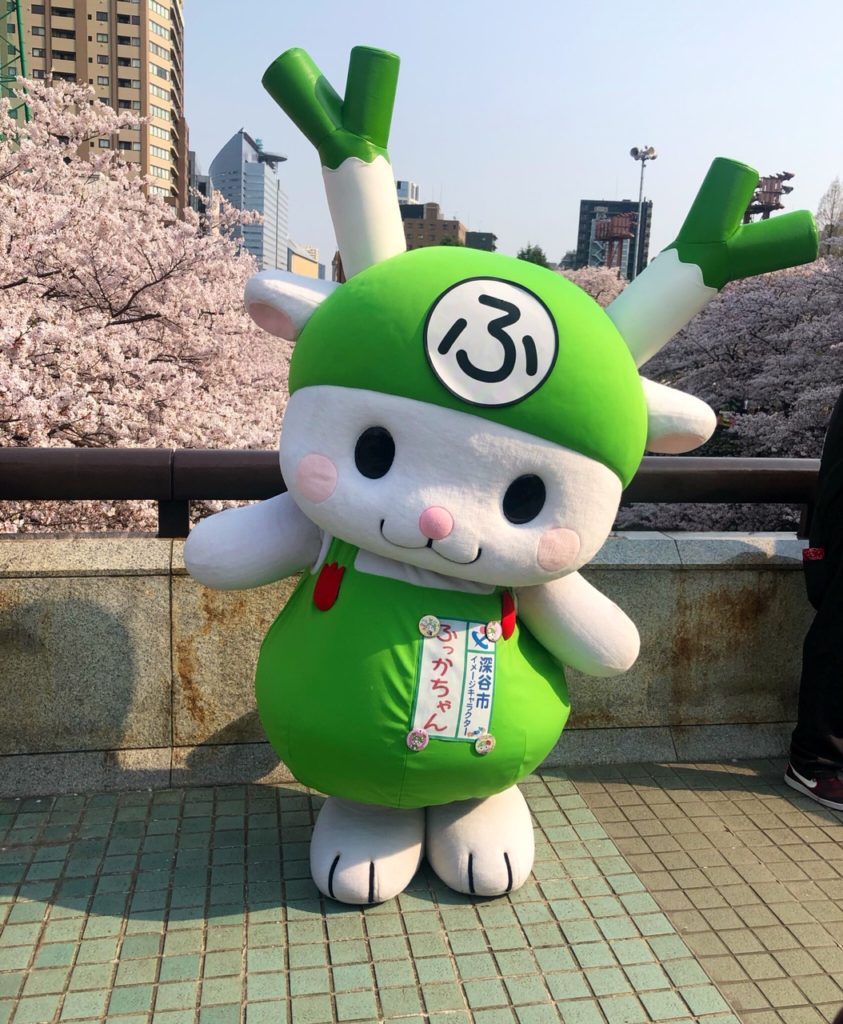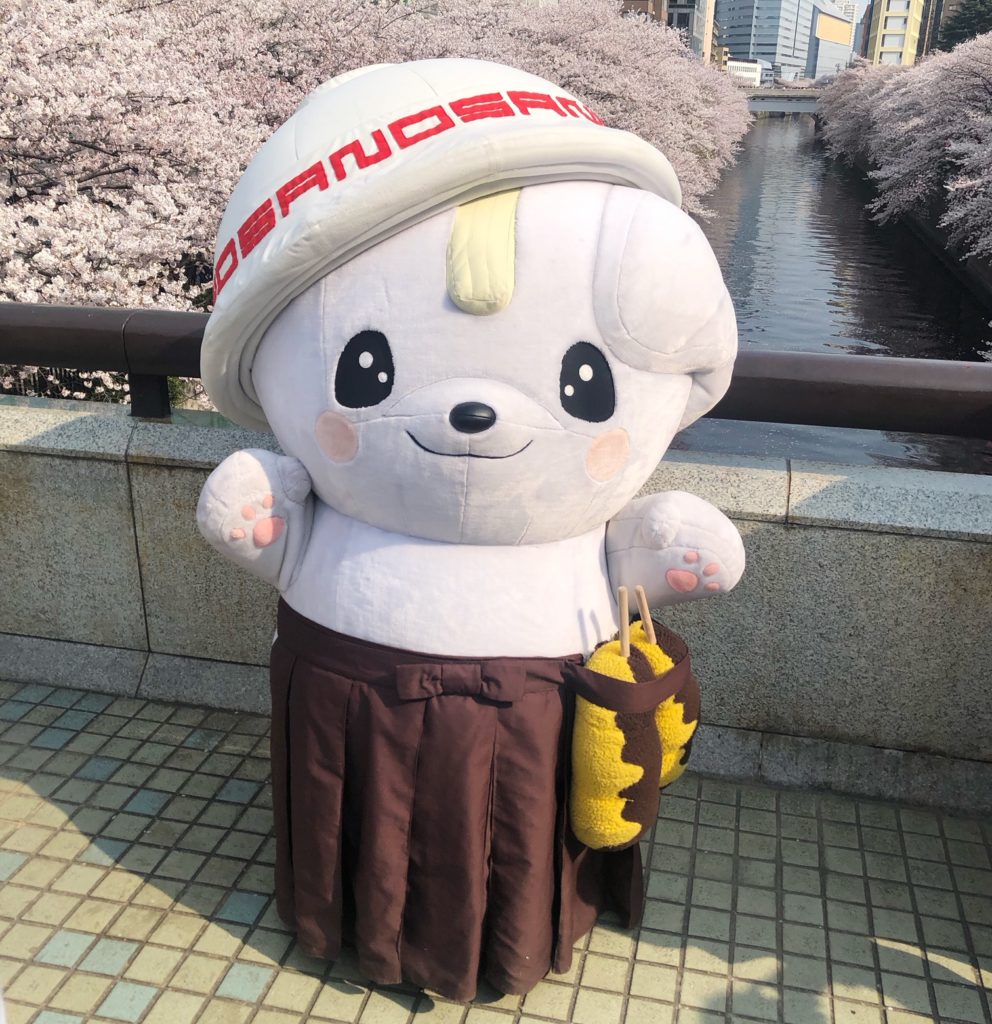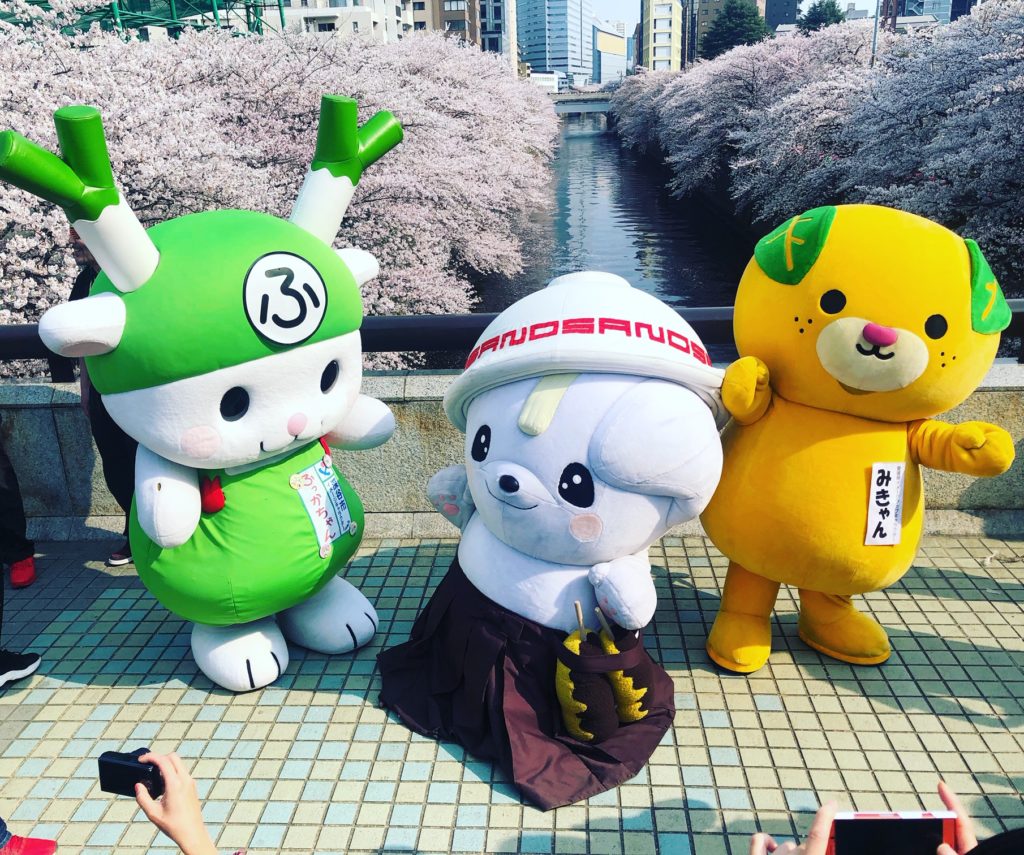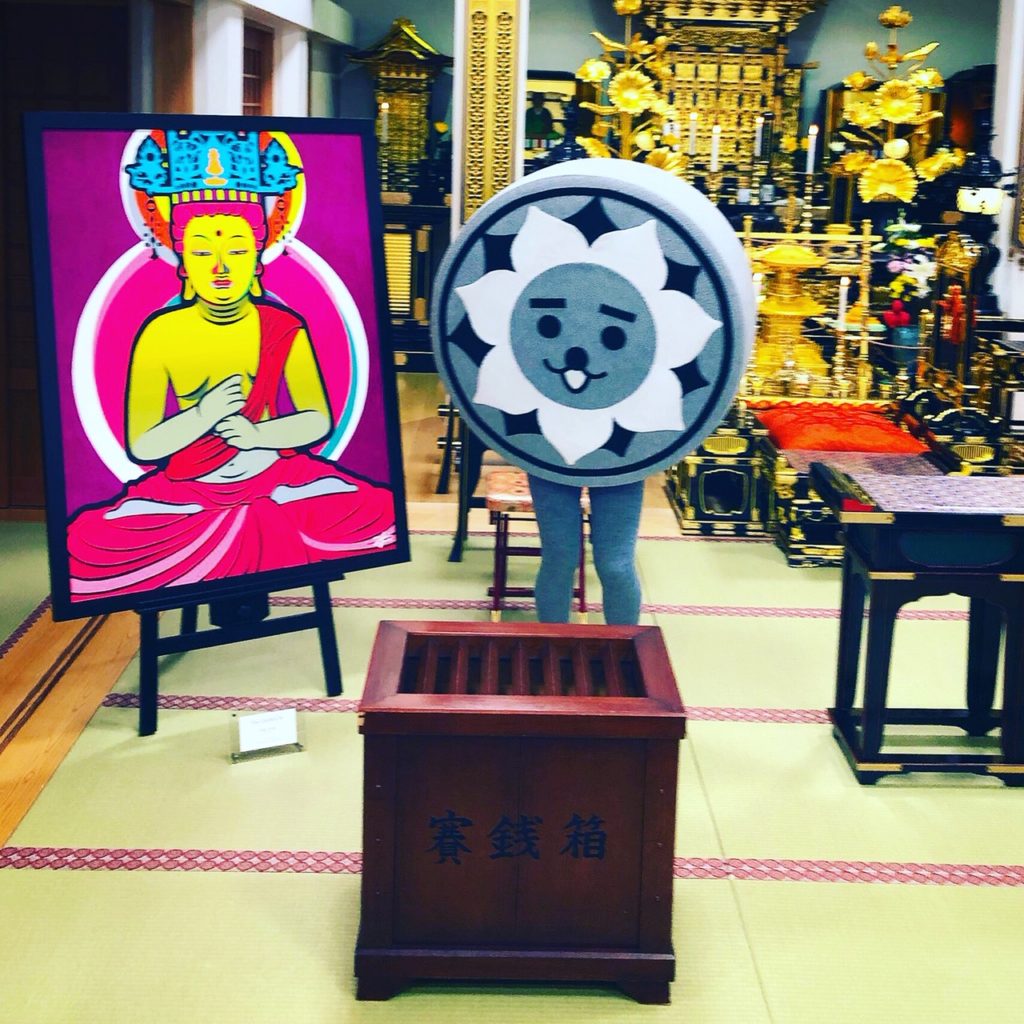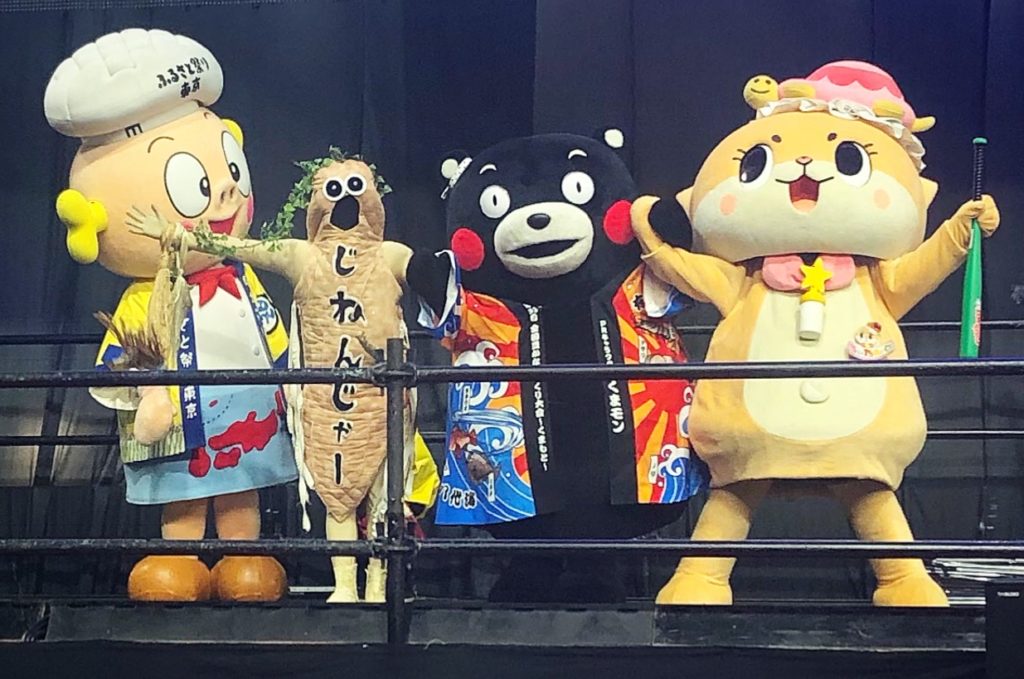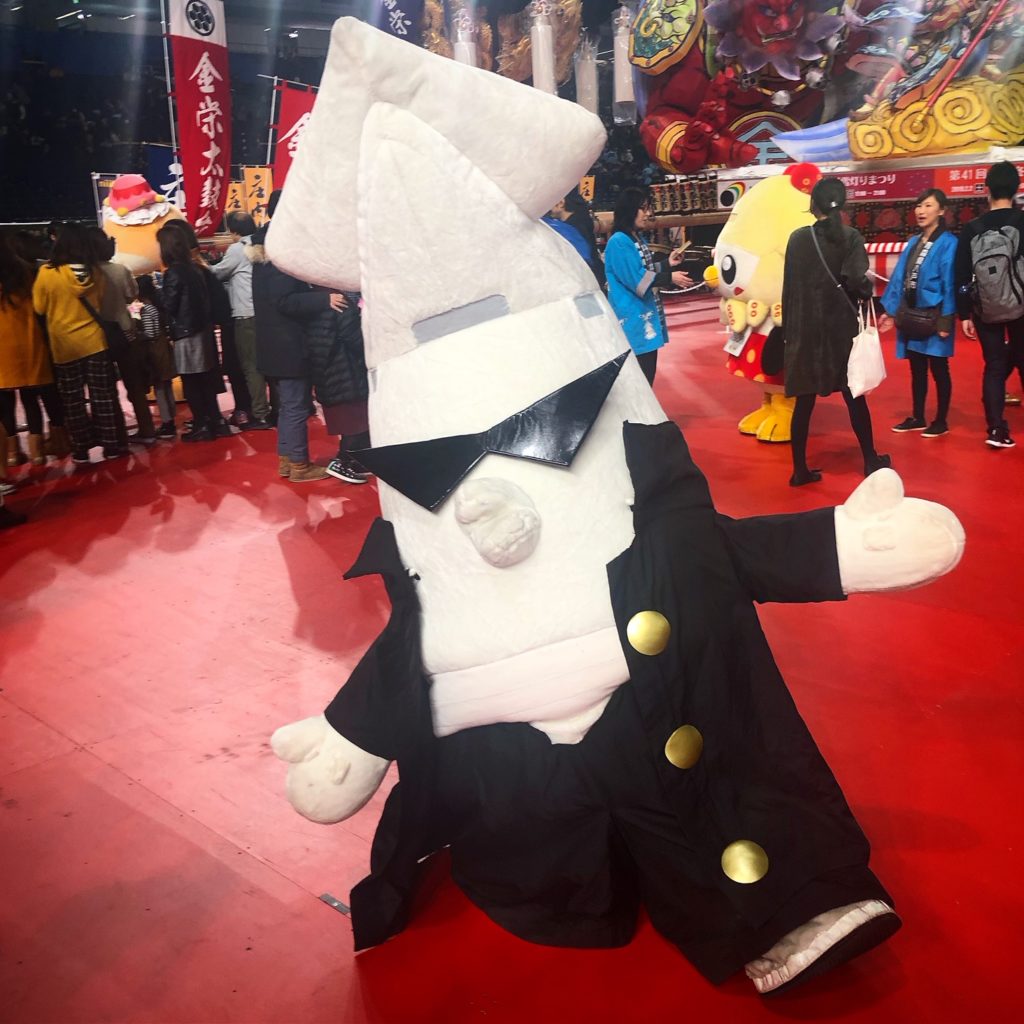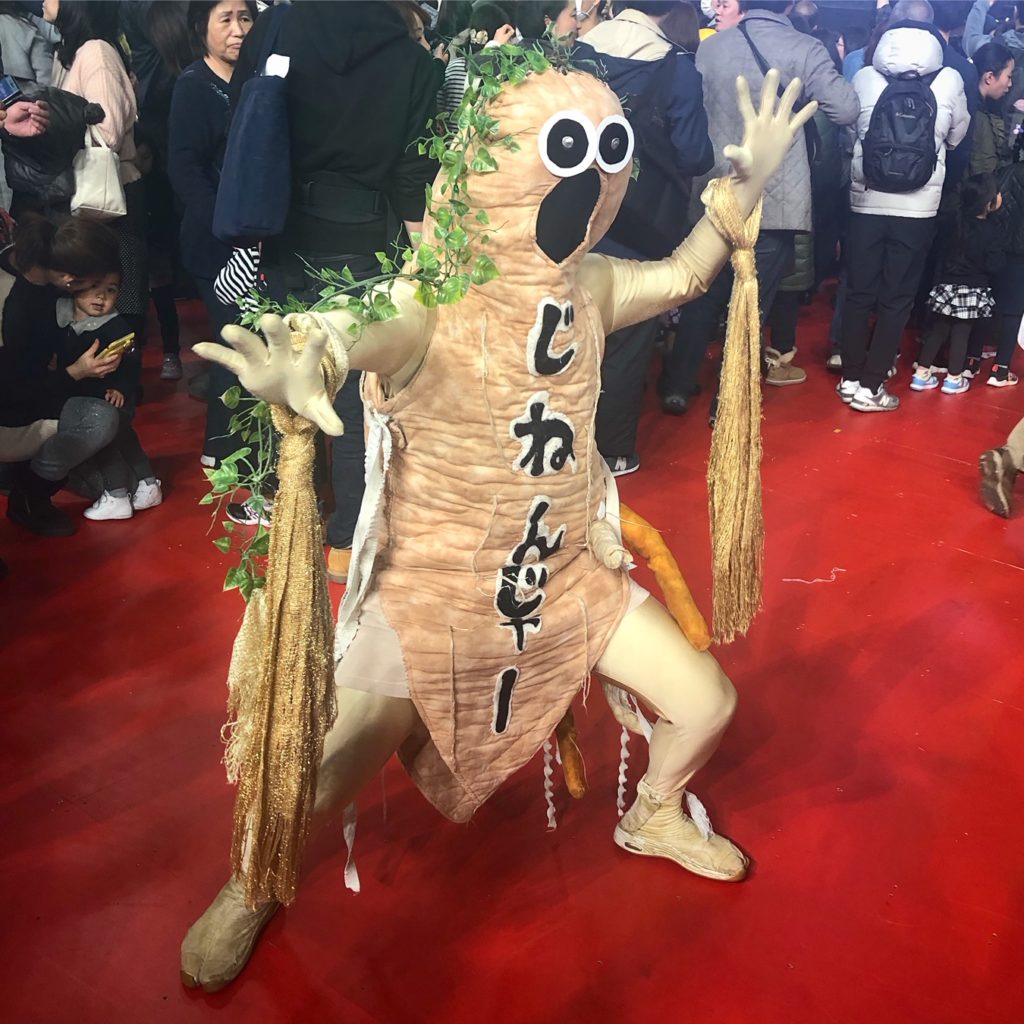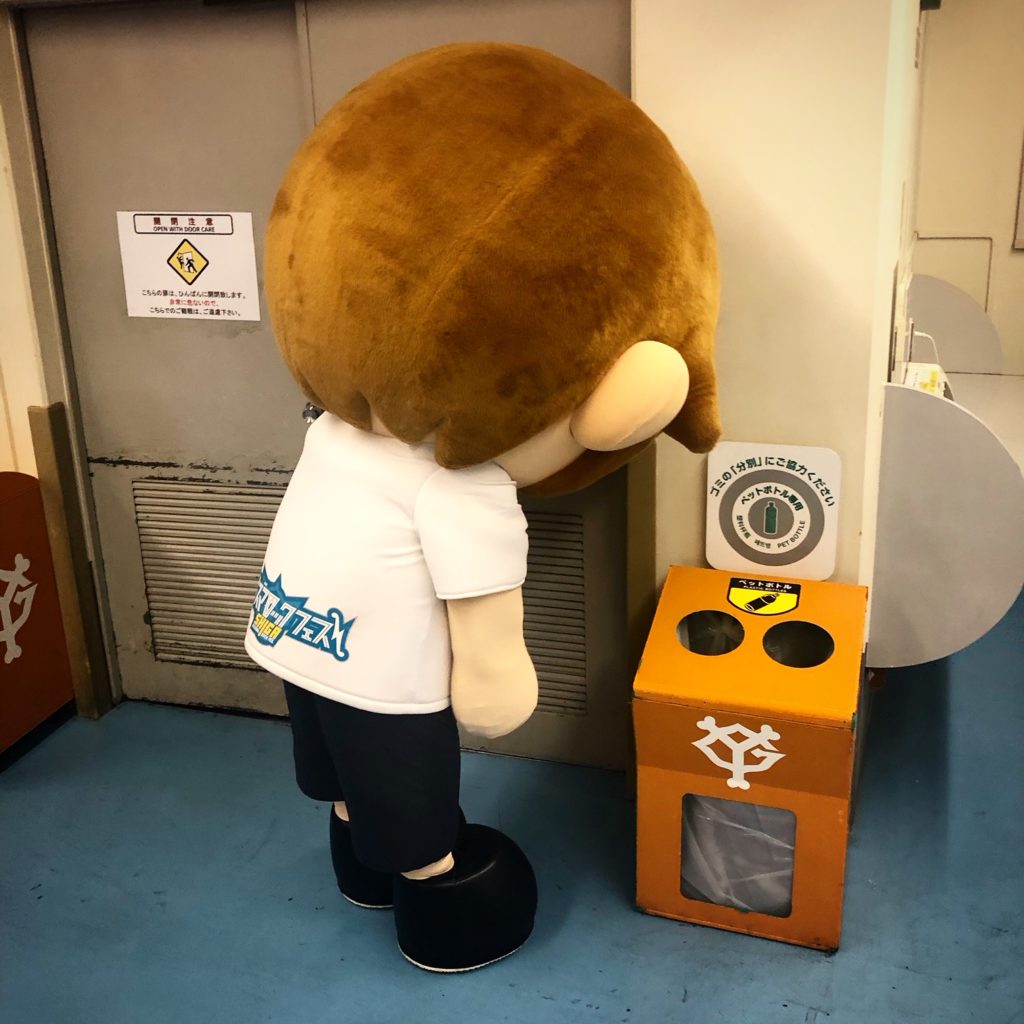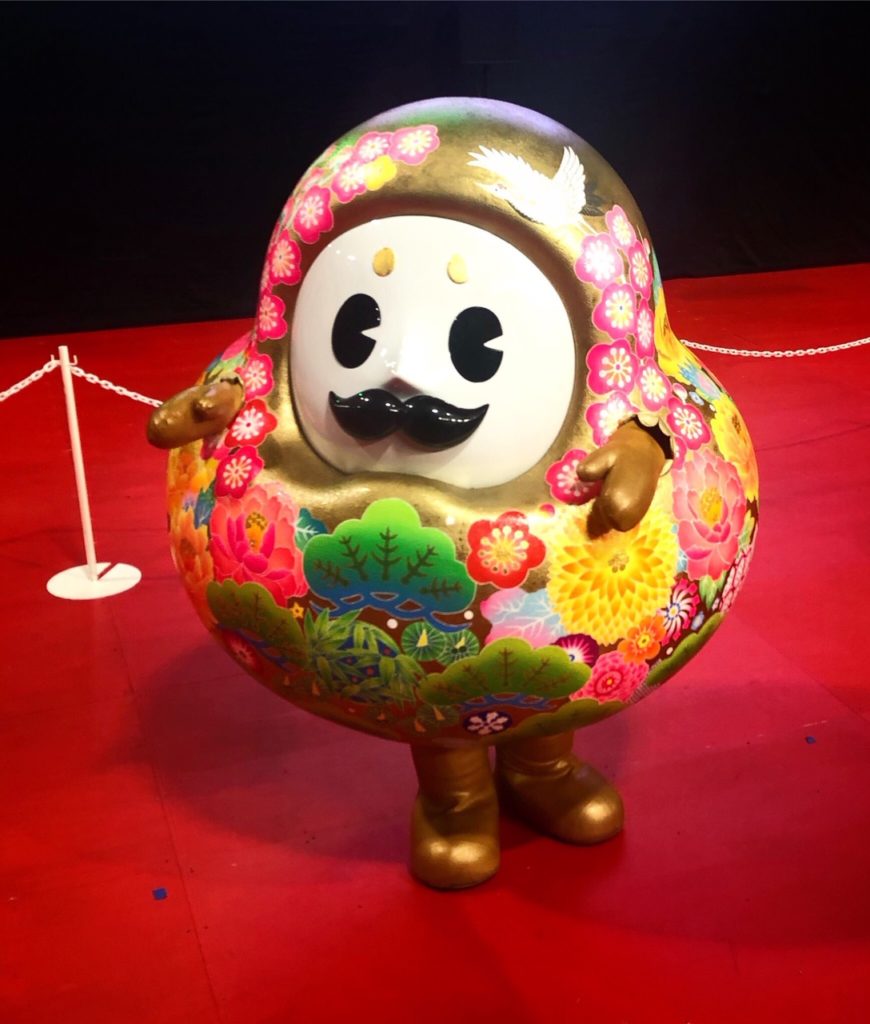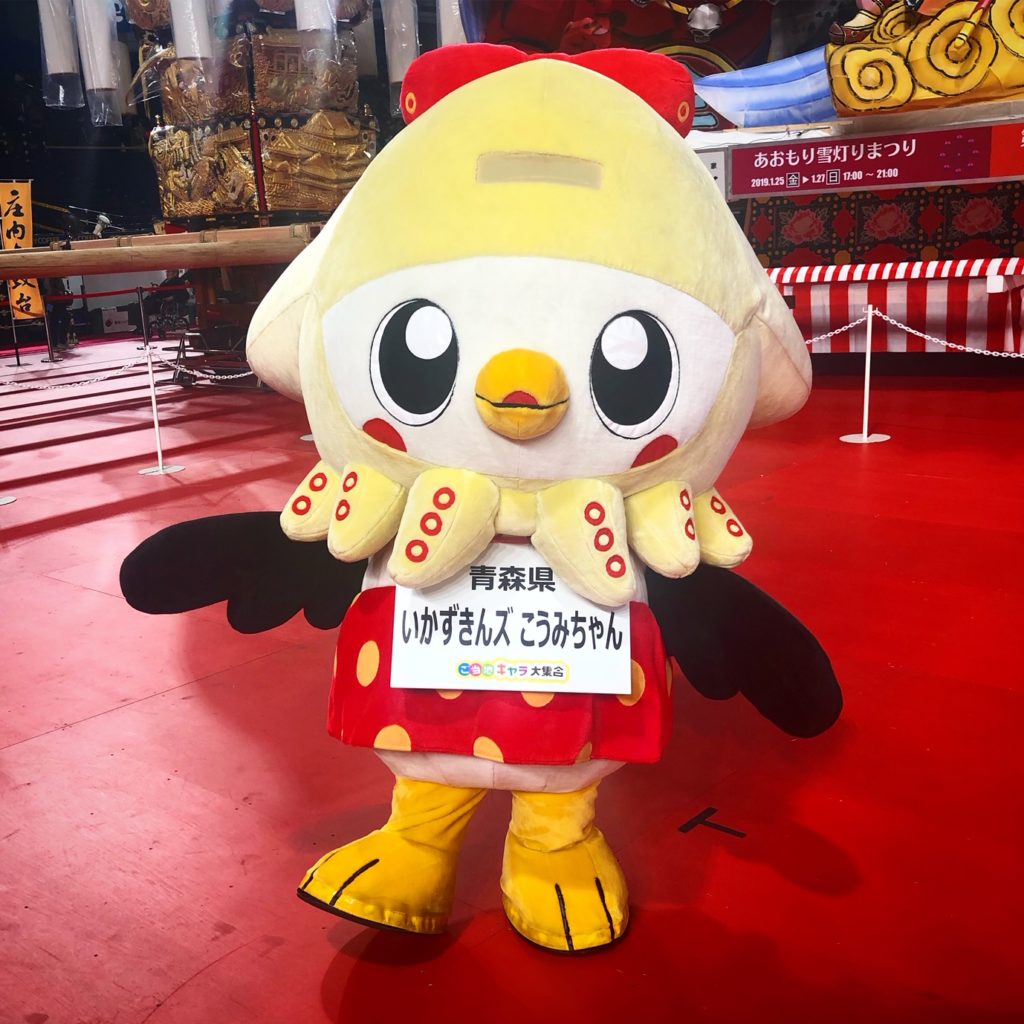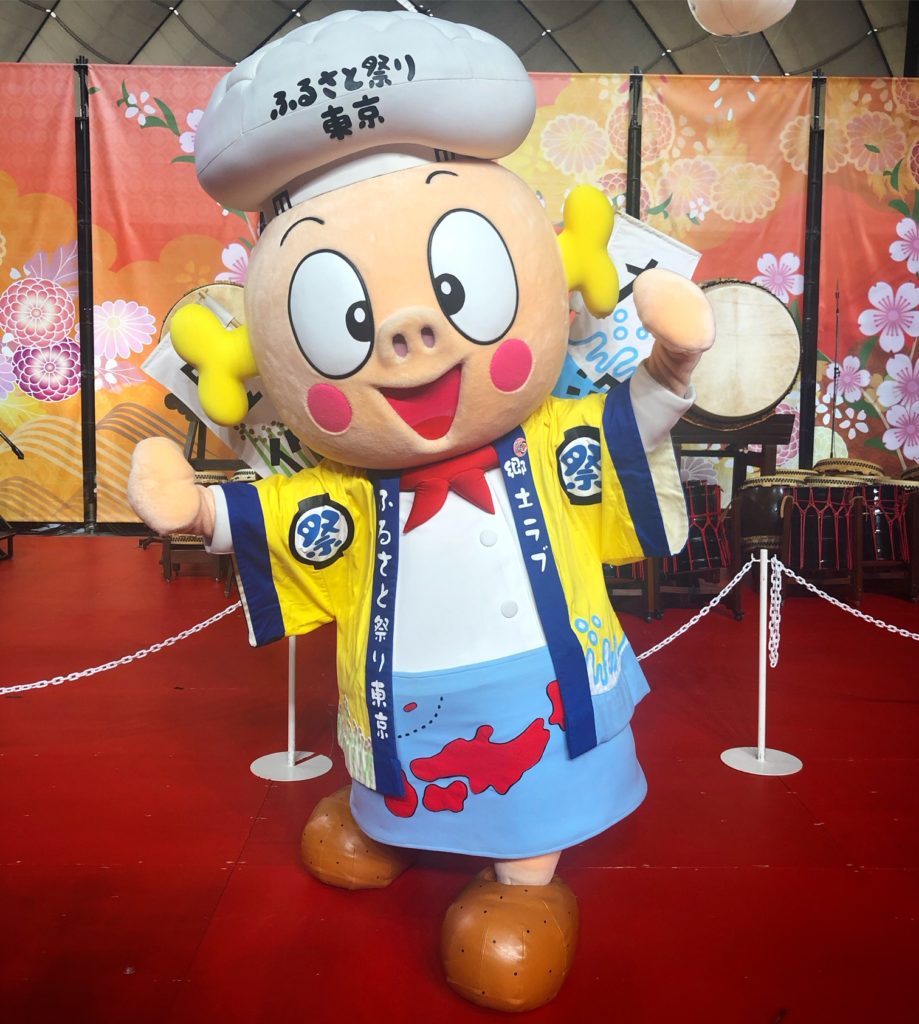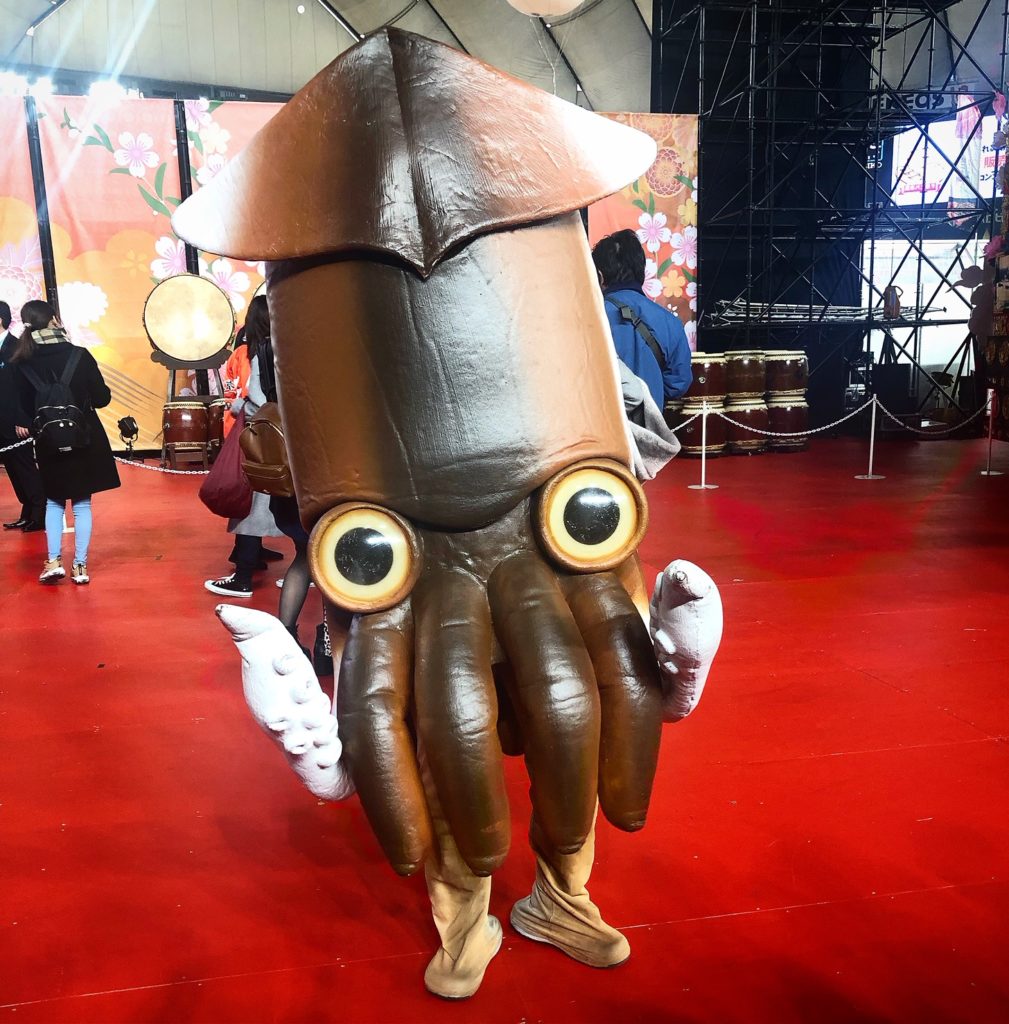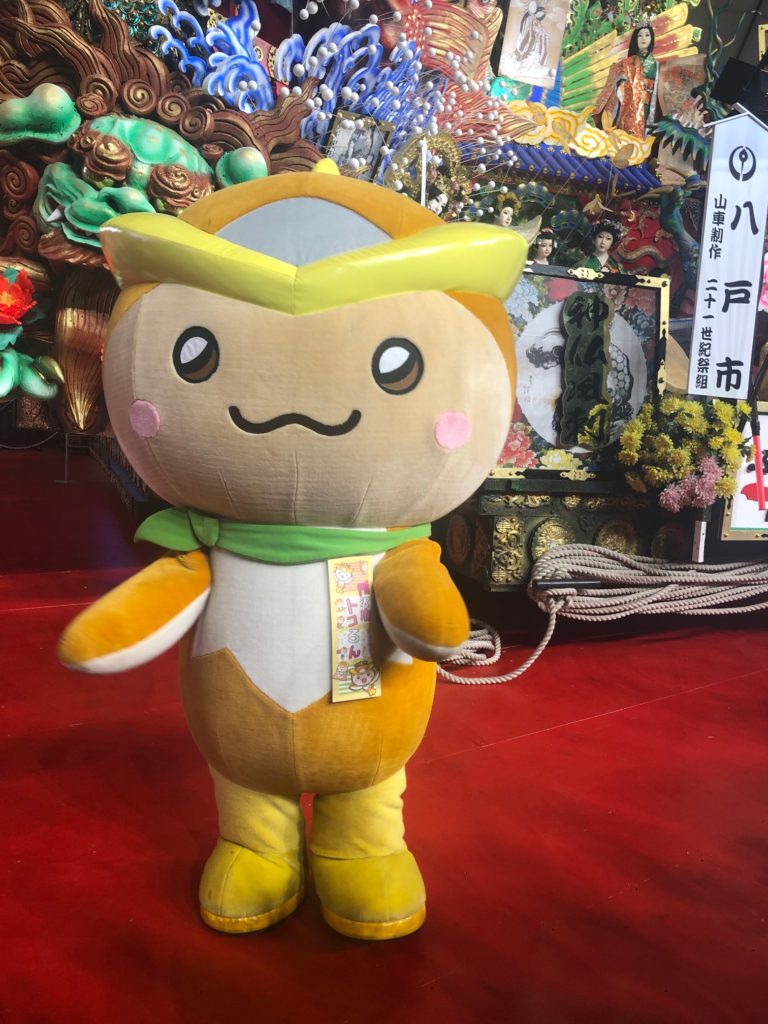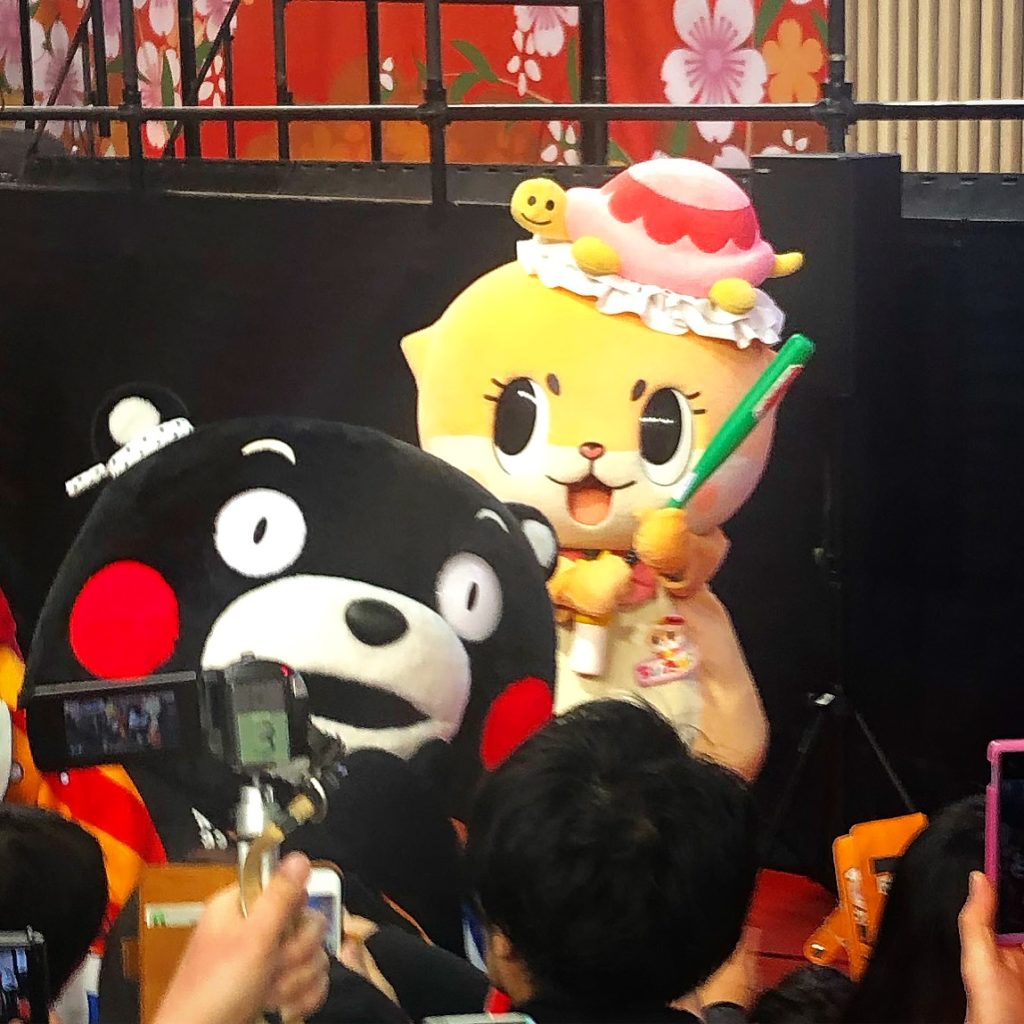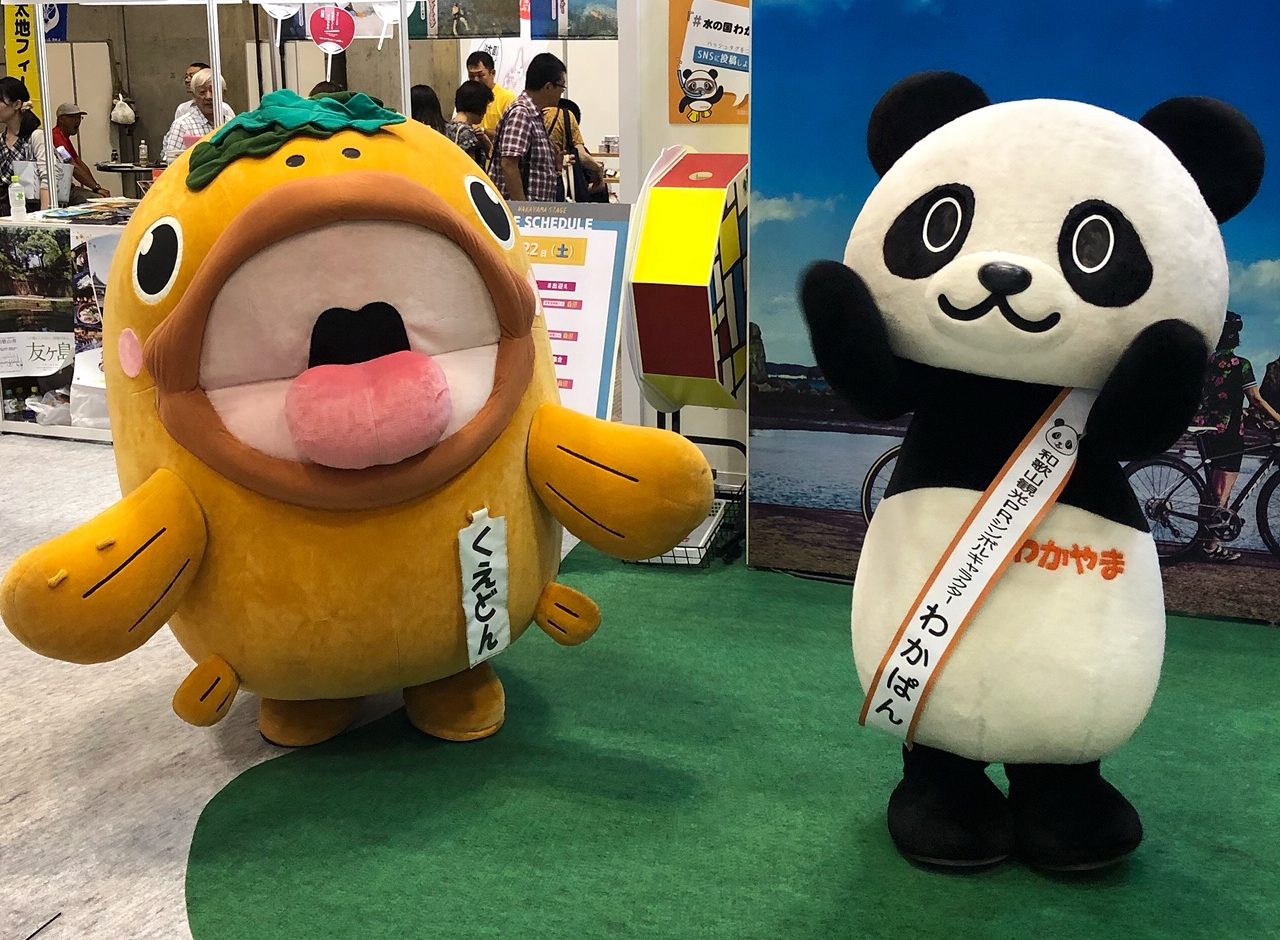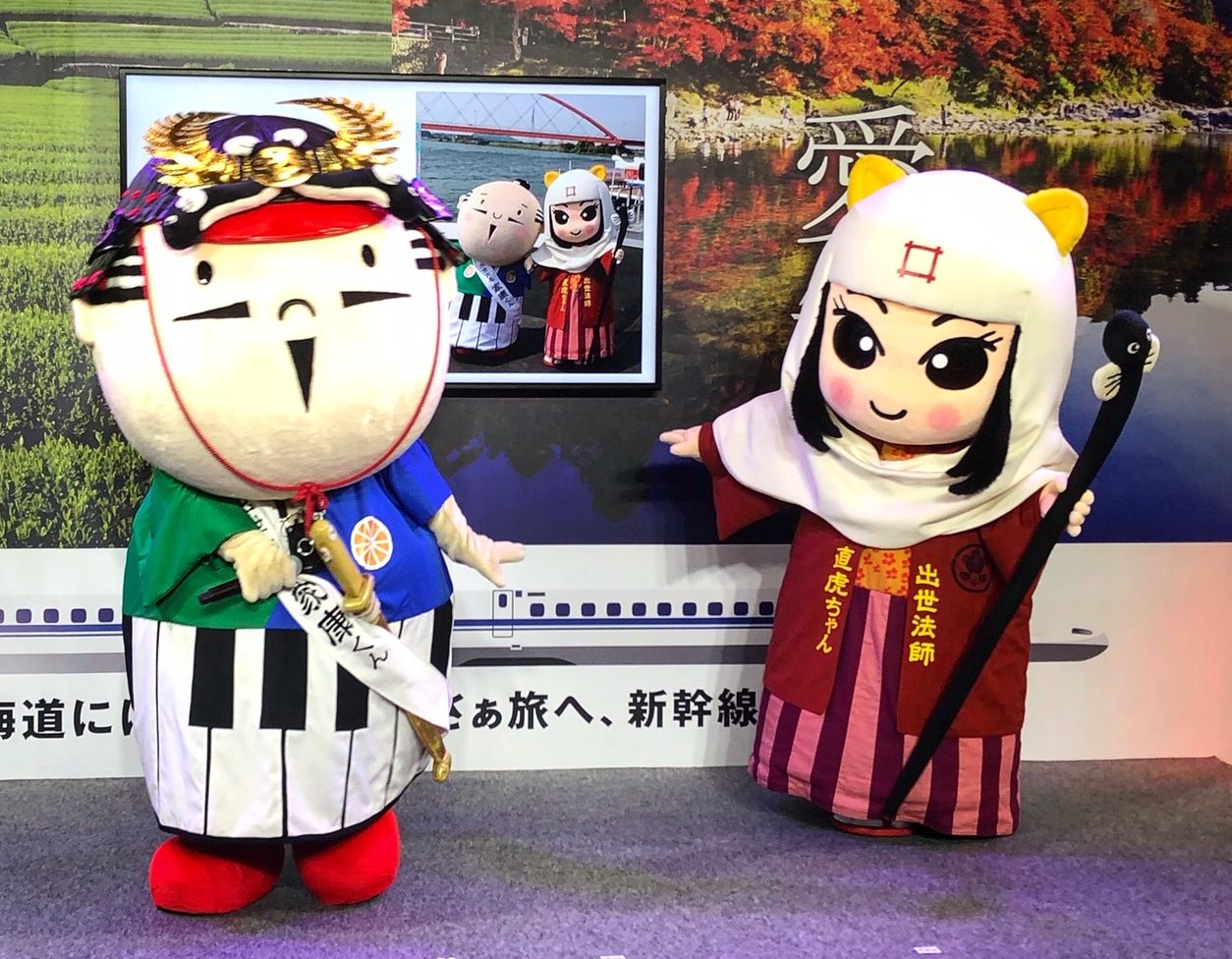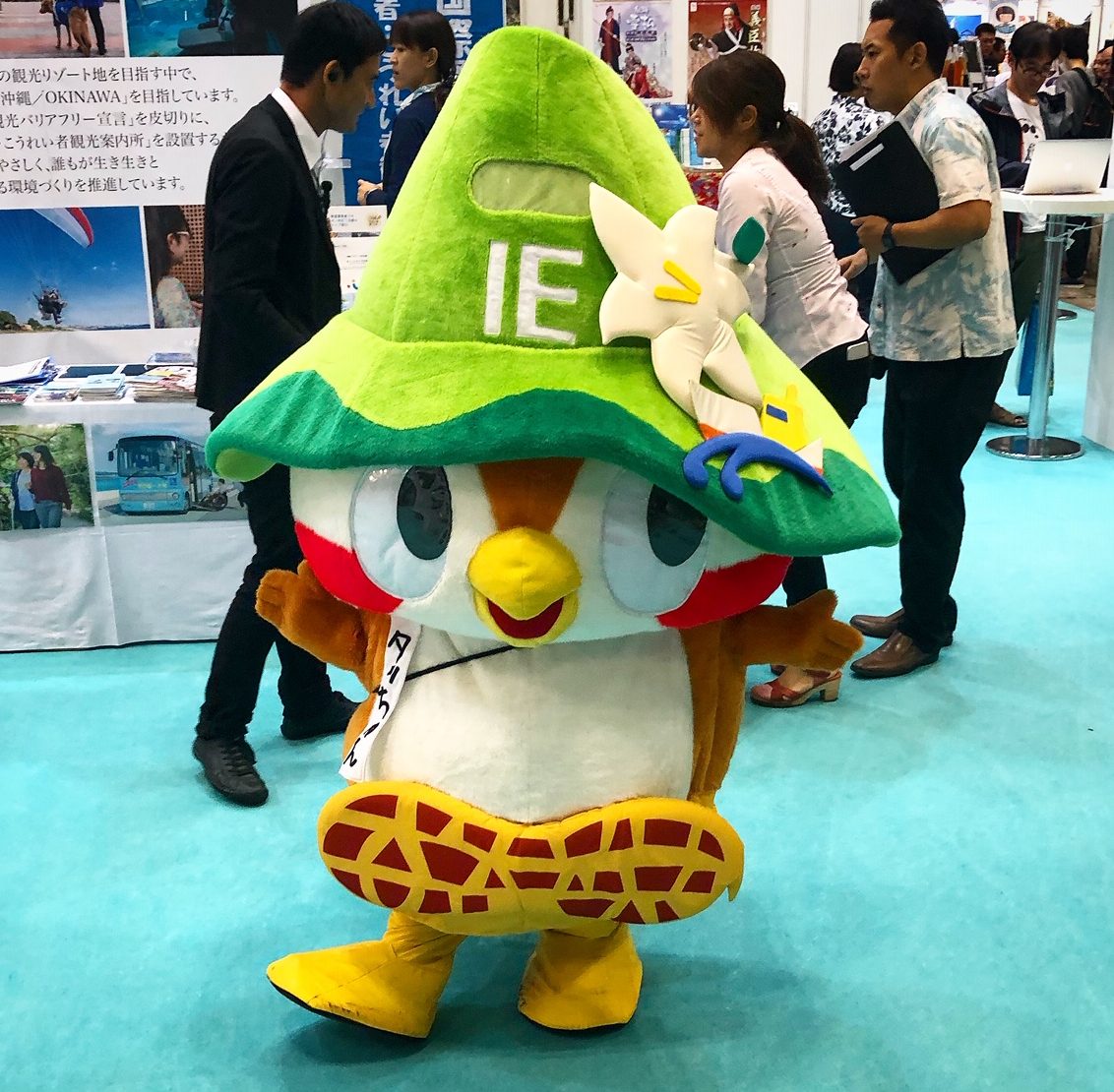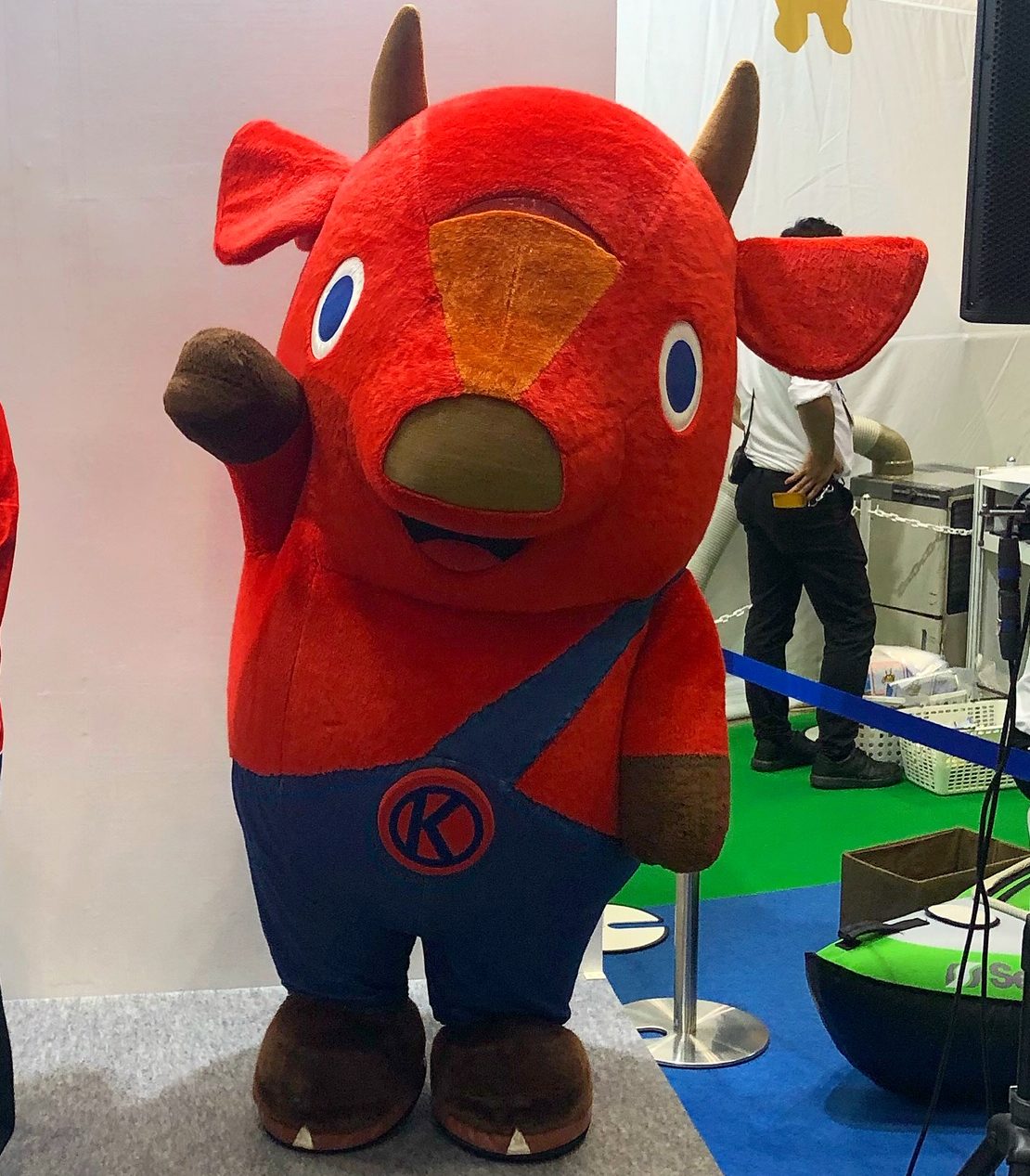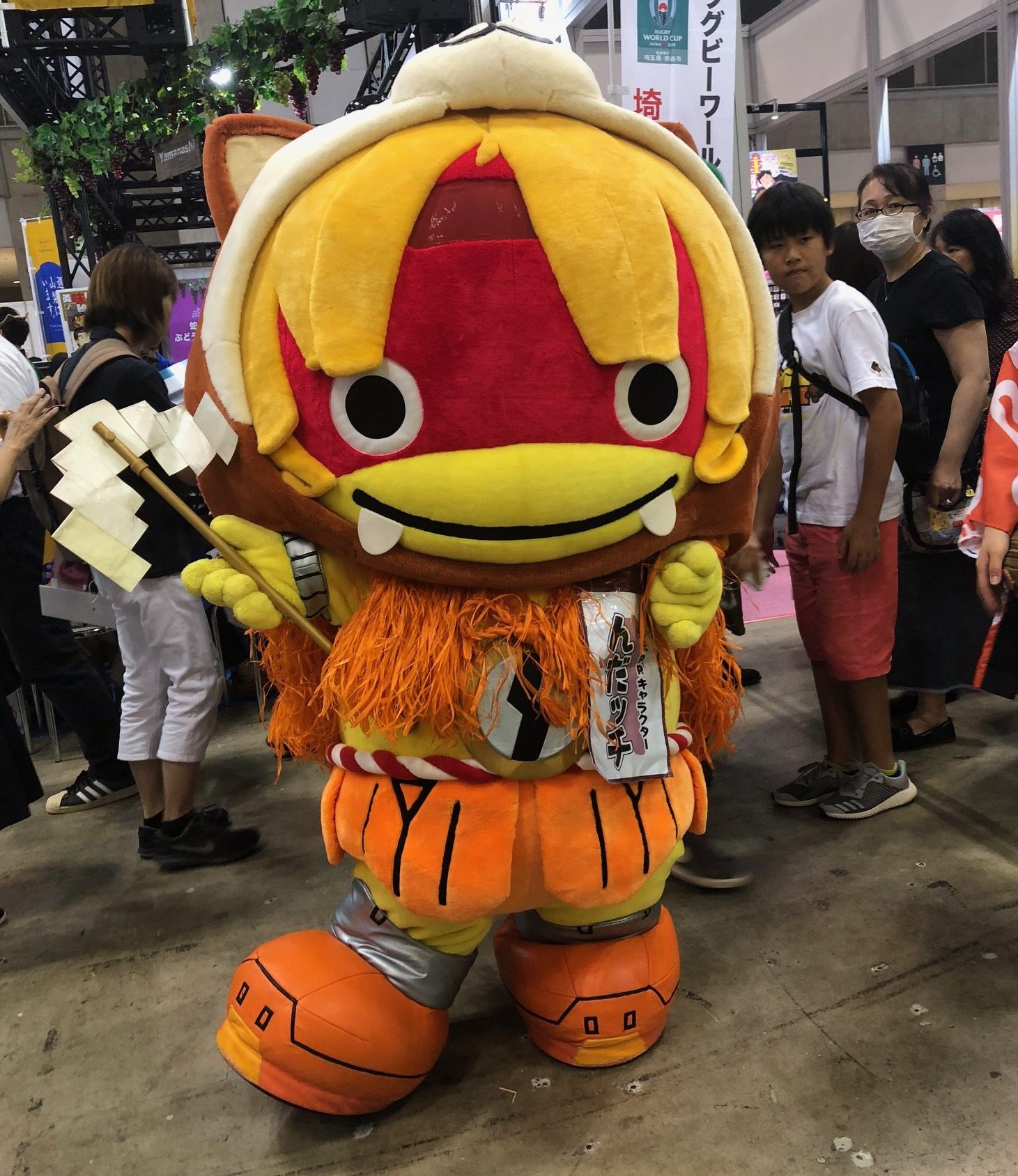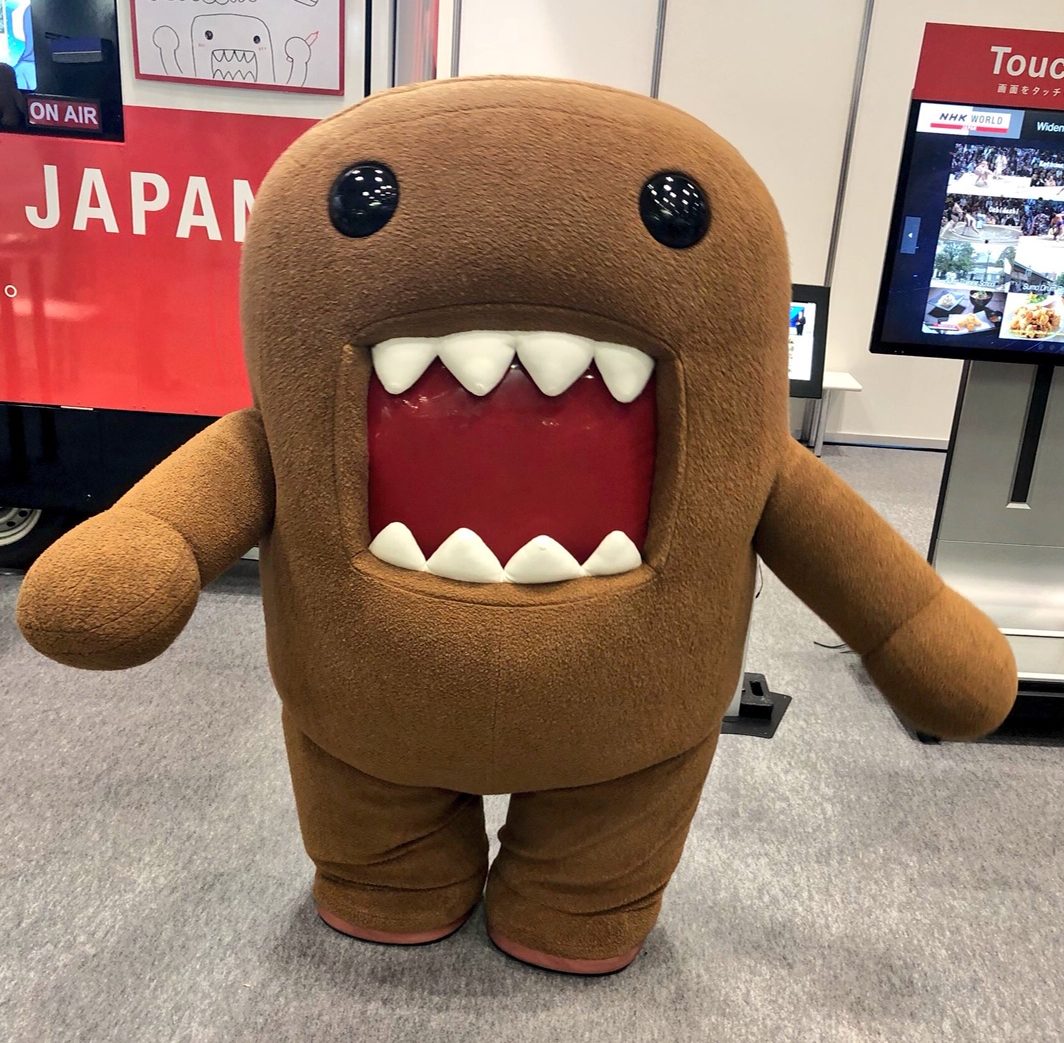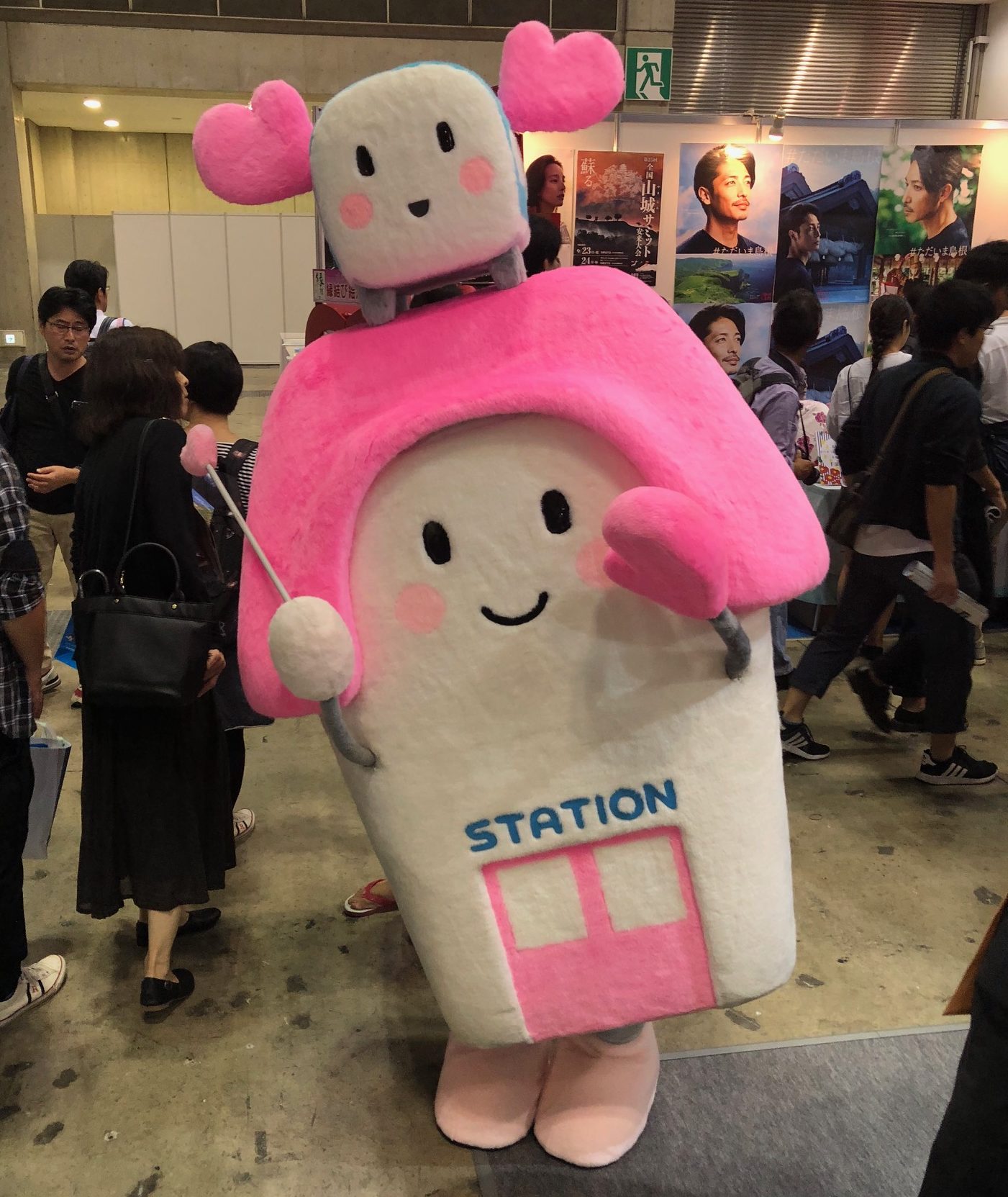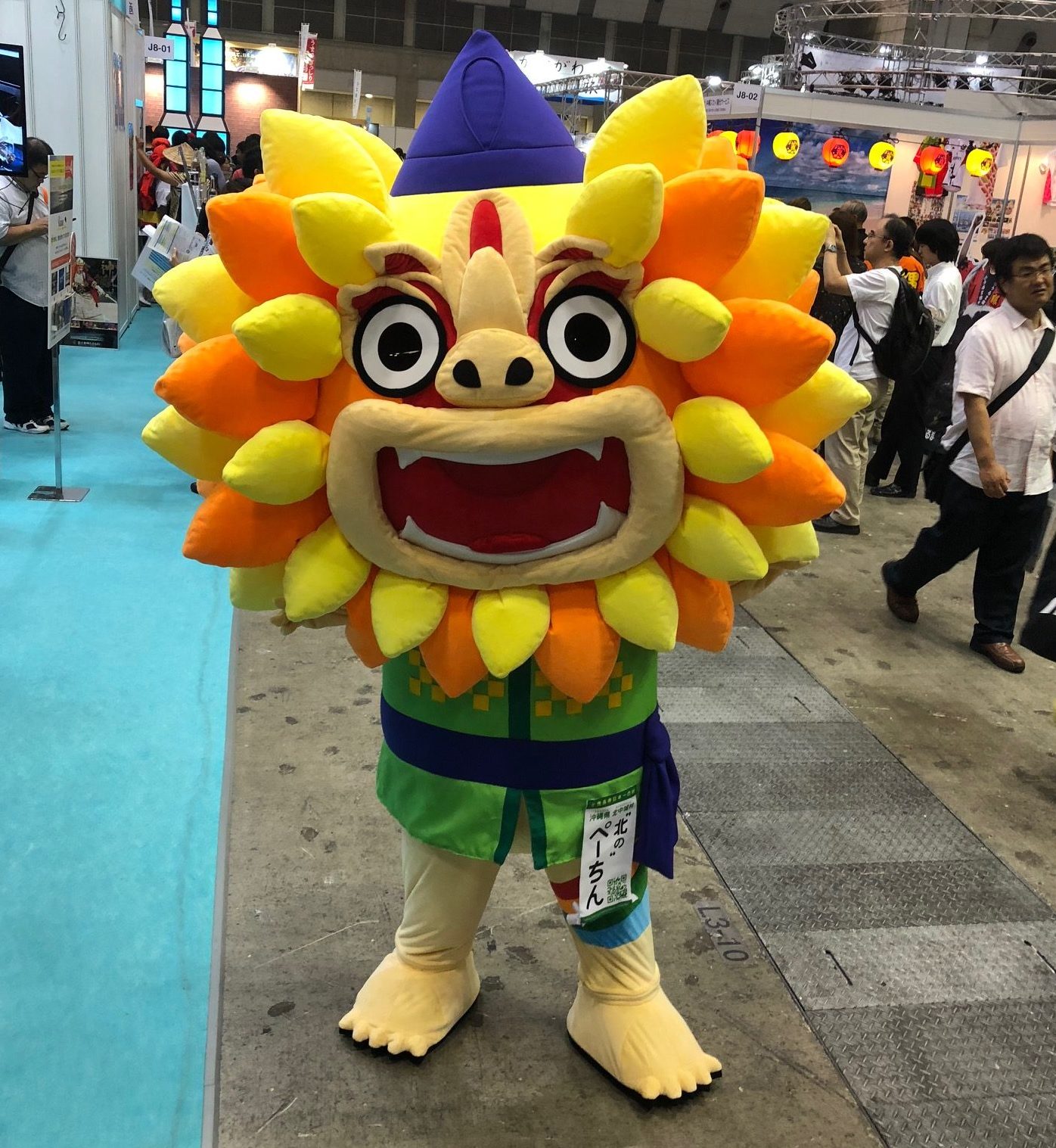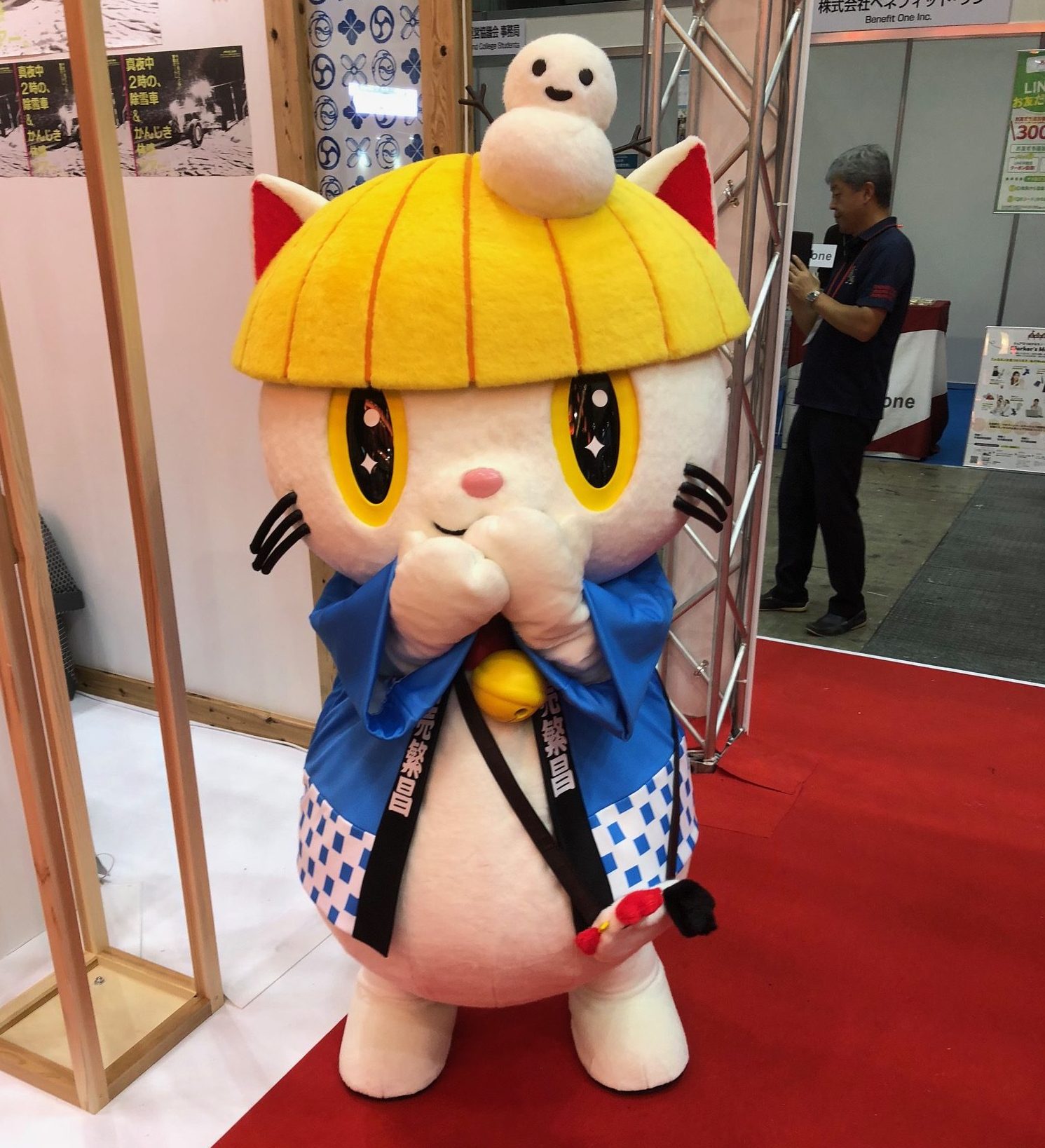
Japan’s fastest rising costumed character, Chiitan, is an anarchic, accident-prone otter with a turtle for a hat. In the past couple of weeks, a Chiitan pop-up cafe has opened in Yurakucho, Tokyo, and a number of Chiitan pop-up shops have opened in Loft department stores around the country. Last week, I paid a visit to the cafe, and caught an appearance by Chiitan herself at one of the pop-up stores.

Chiitan is employed by the tourist board of Tokyo’s “Electric Town”, Akihabara, but also moonlights as a mascot for Susaki, a city whose regular official mascot is a fellow otter, the placid and well-behaved Shinjokun. Shinjokun and Chiitan appear to share a designer, but are based on different breeds of otter (Shinjokun’s breed is extinct). Chiitan was, in fact, inspired by a real-life otter, an Asian small-clawed otter named Chiitan, who also enjoys a sizeable online following.

The pop-up cafe is at the top of Marui Department Store in Yurakucho until August 5th and has a small menu of novelty dishes inspired by Chiitan’s antics. There’s a Thai curry arranged to resemble Chiitan’s face, which comes with a hammer with which you can messily mash up the food. I ordered some cookies which were designed to be karate chopped in half. It was all very expensive, but a lot of fun.
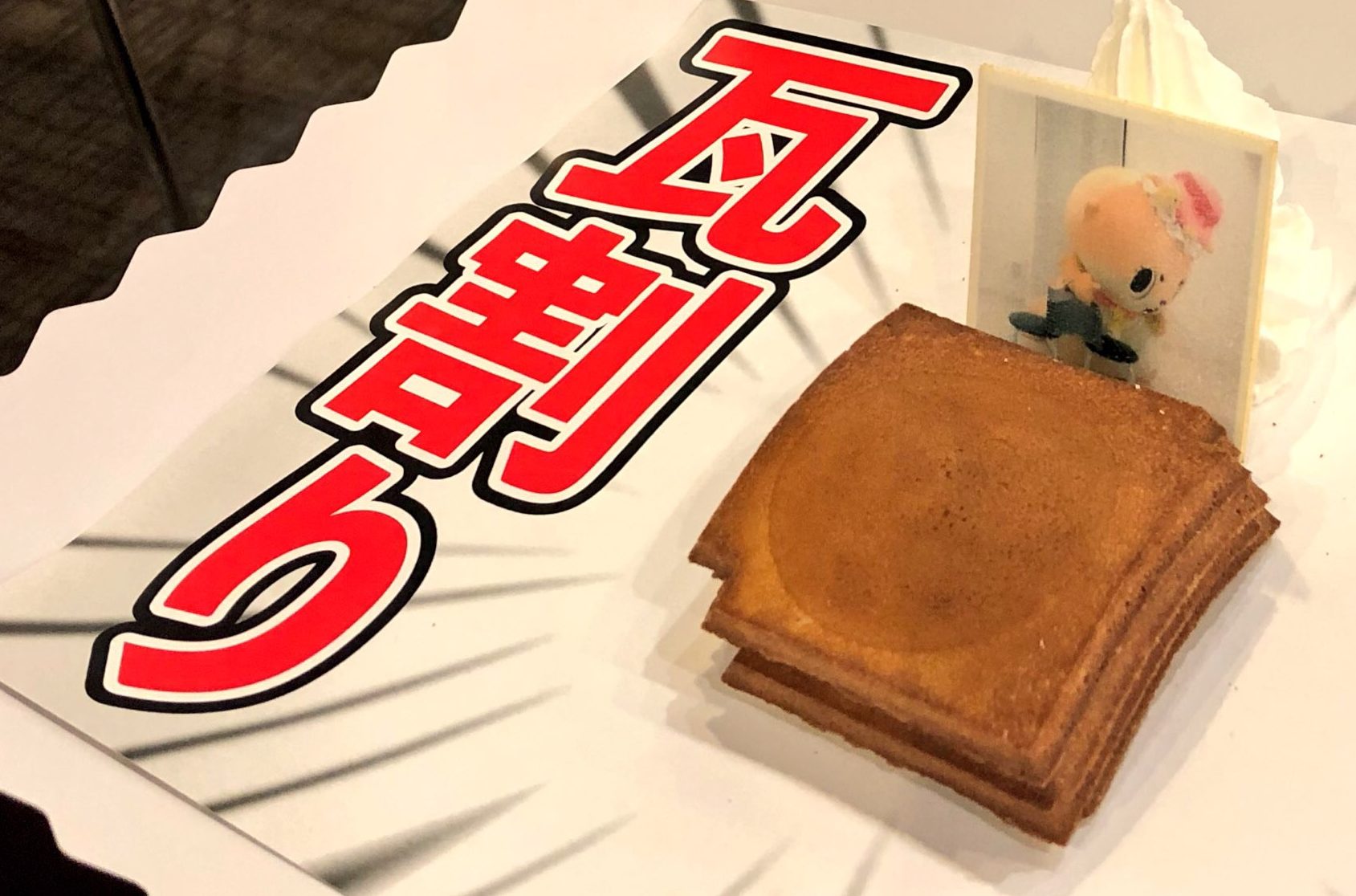
Last Saturday Chiitan made an appearance in Shibuya Loft Department Store. The event was only announced shortly before, but there were still tons of people there to see the destructive otter in action. The crowd were treated to a series of party tricks, like Chiitan violently attacking an inflatable toy and trying to spin a hula-hoop. Afterwards, a few people (including myself) were invited to pose for pictures with Chiitan. I was surprised to discover that Chiitan is one of the taller mascots, at about seven feet tall (if you include the turtle hat). A busy otter, Chiitan was soon hustled away, but it was a blast to encounter a mascot at the top of its game.


